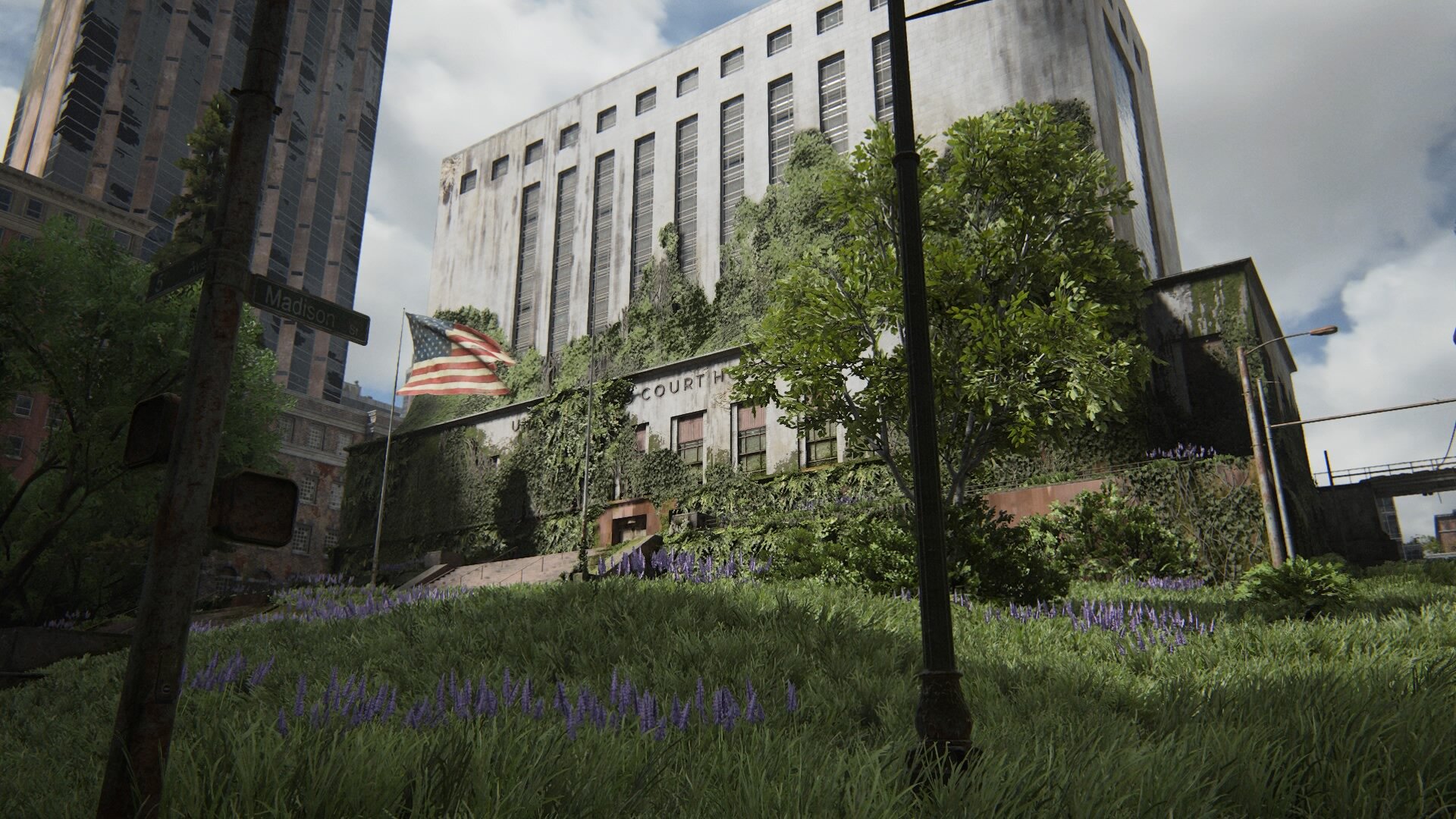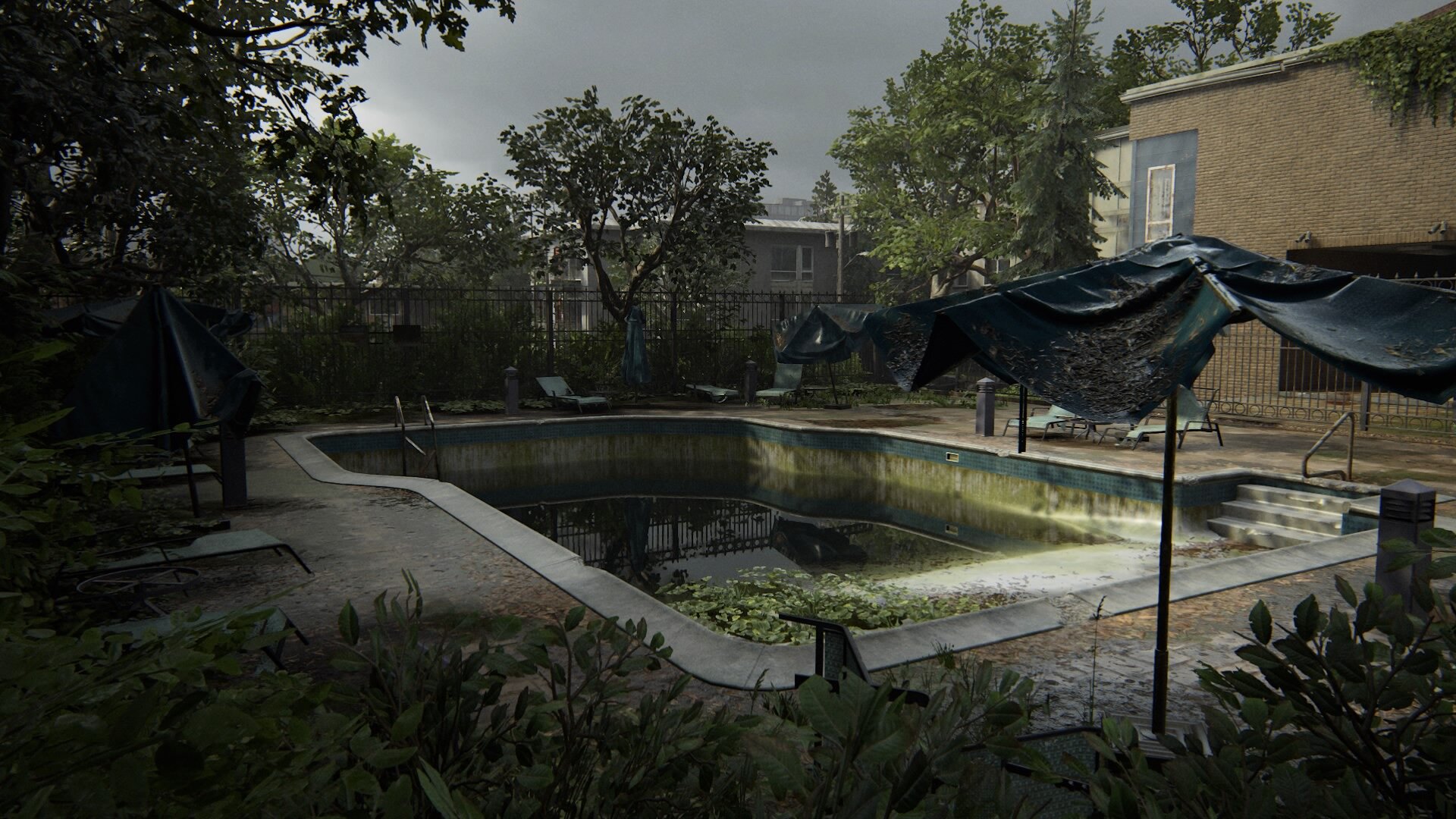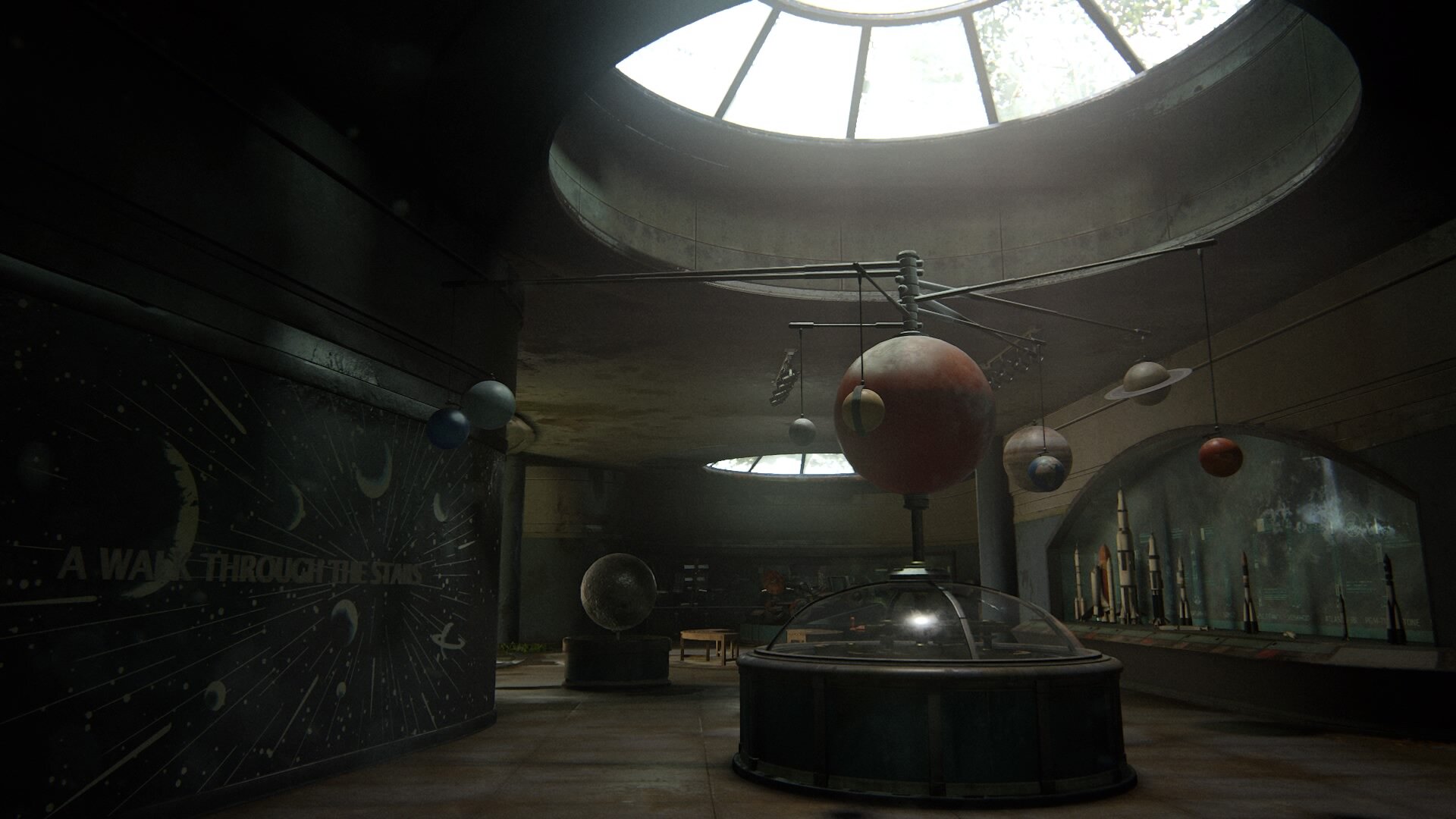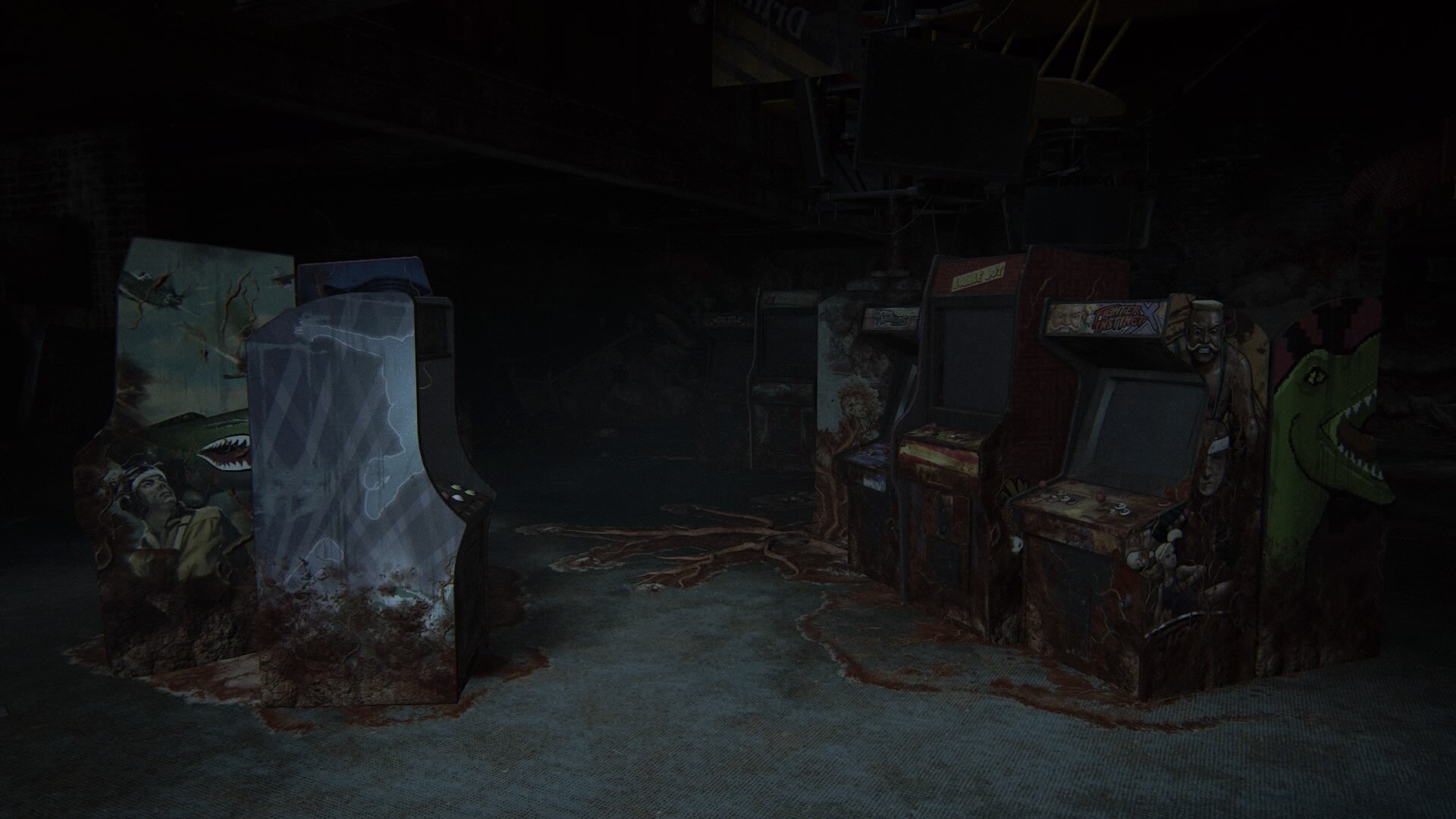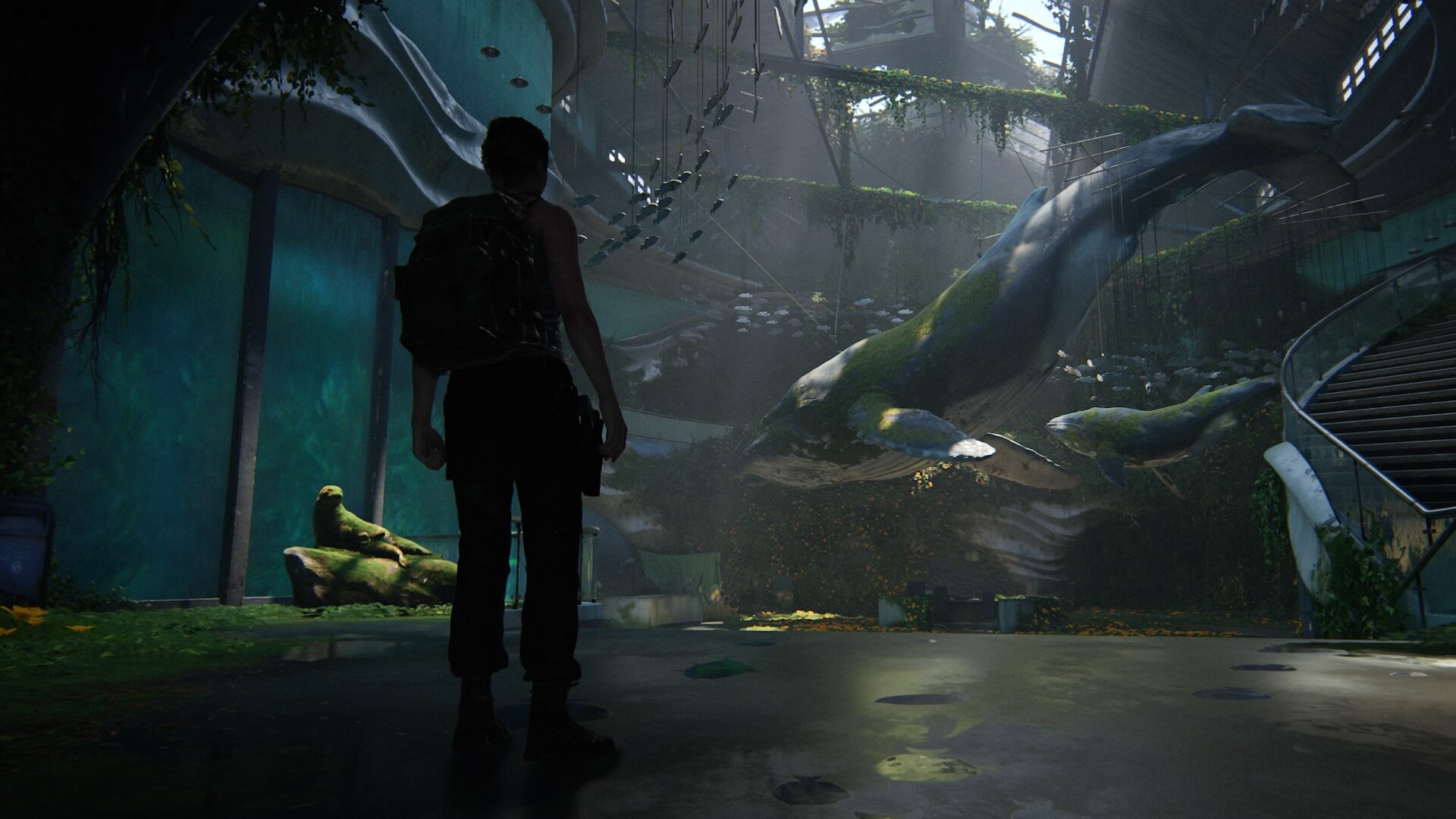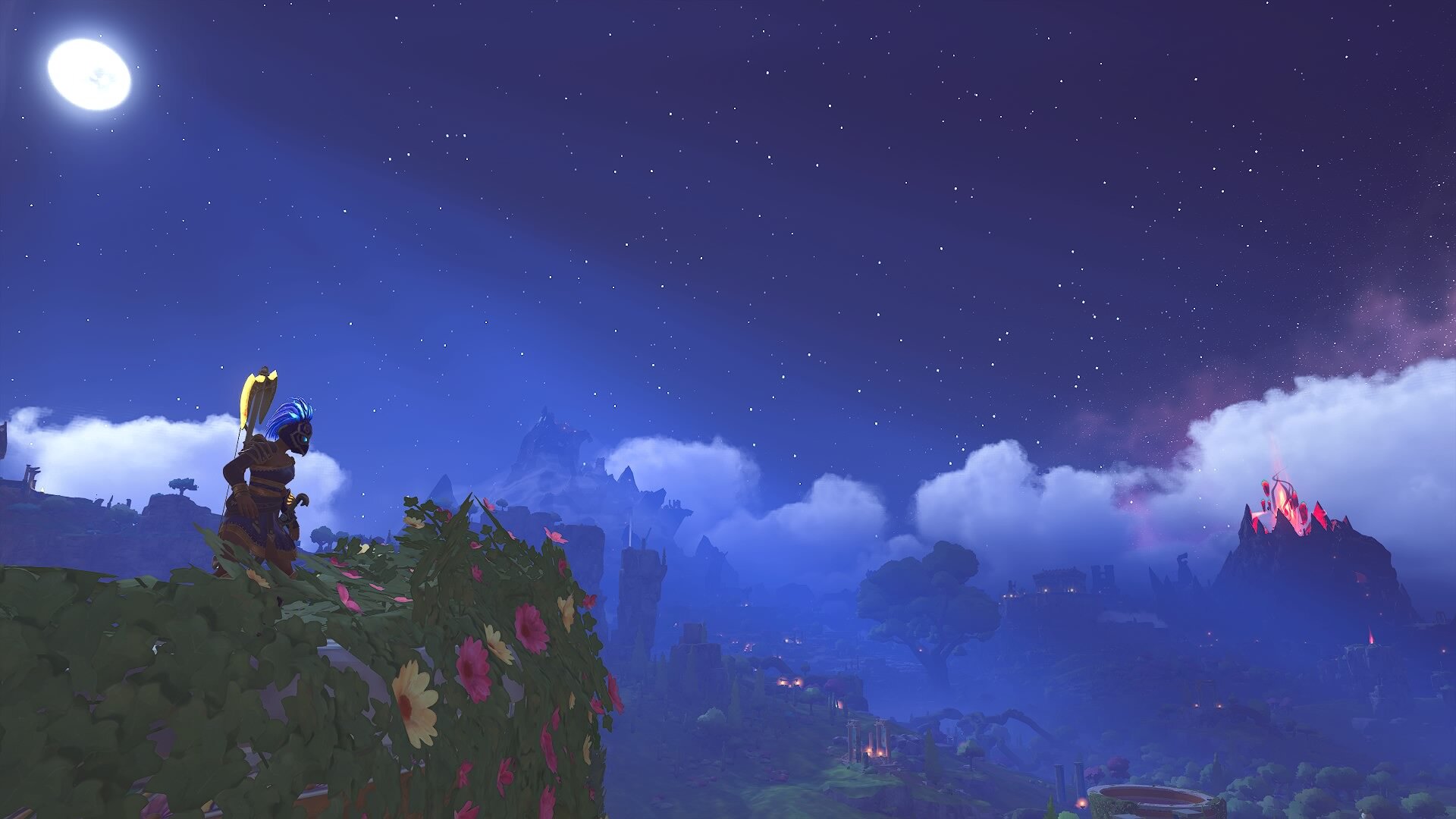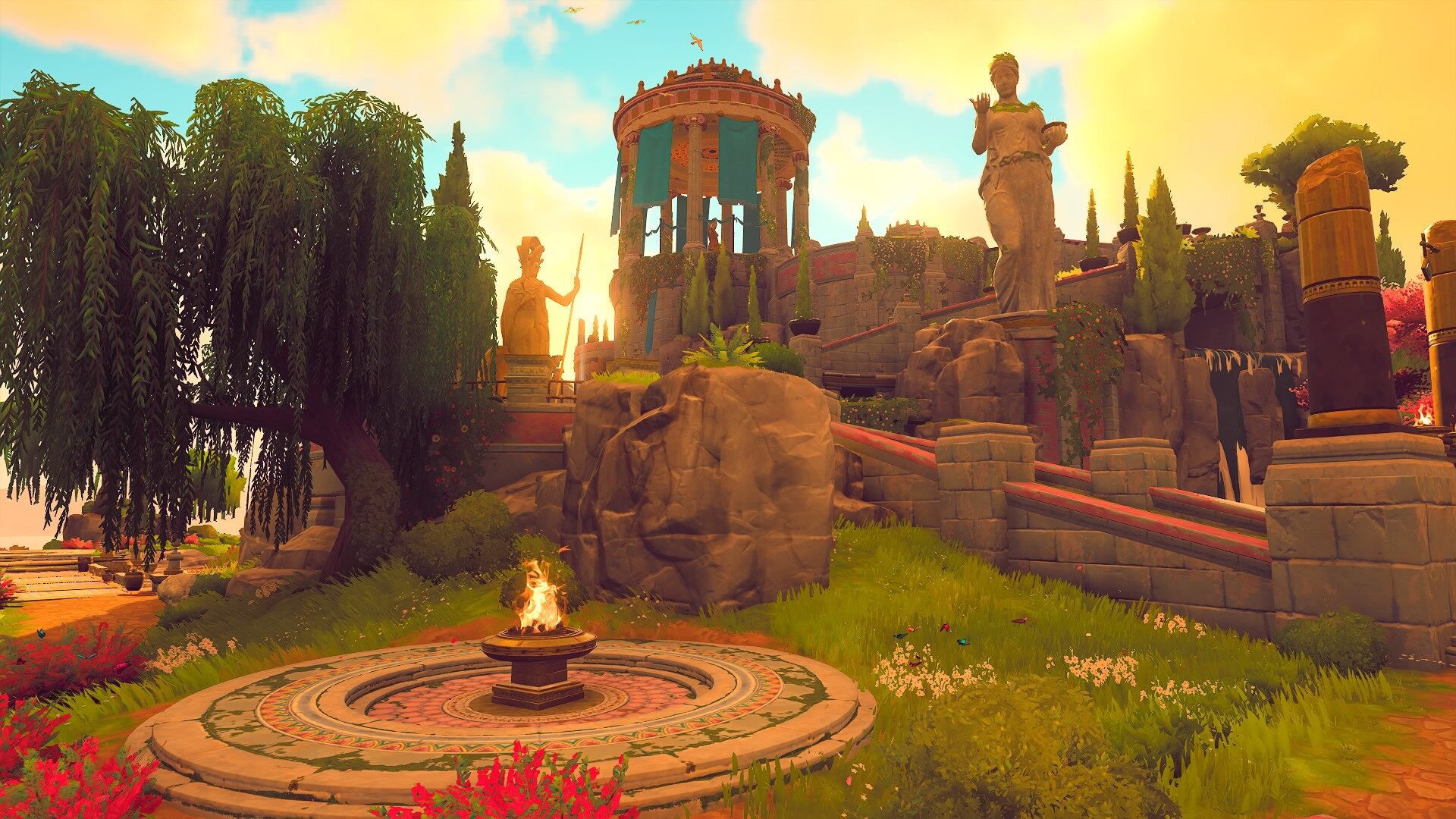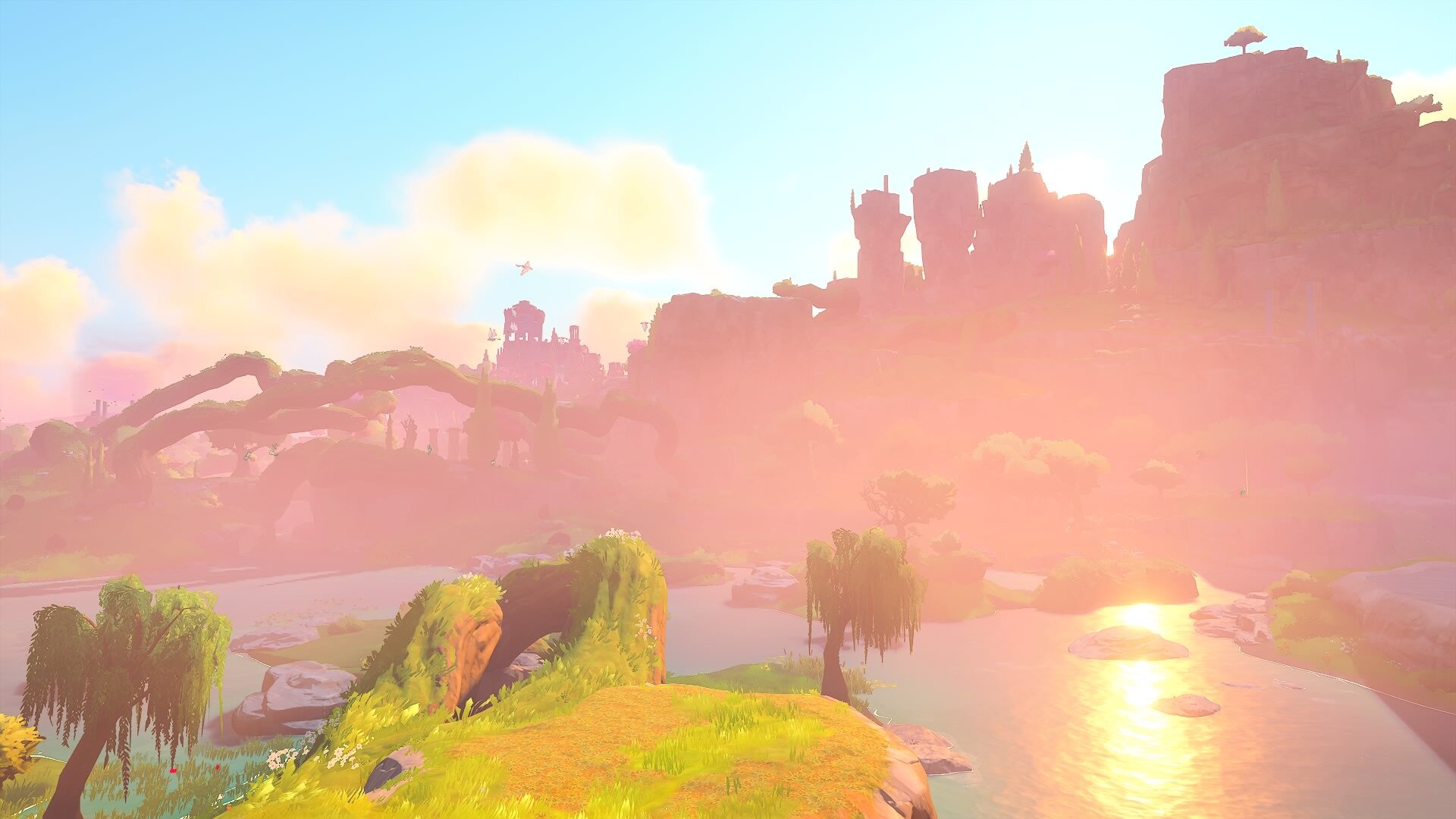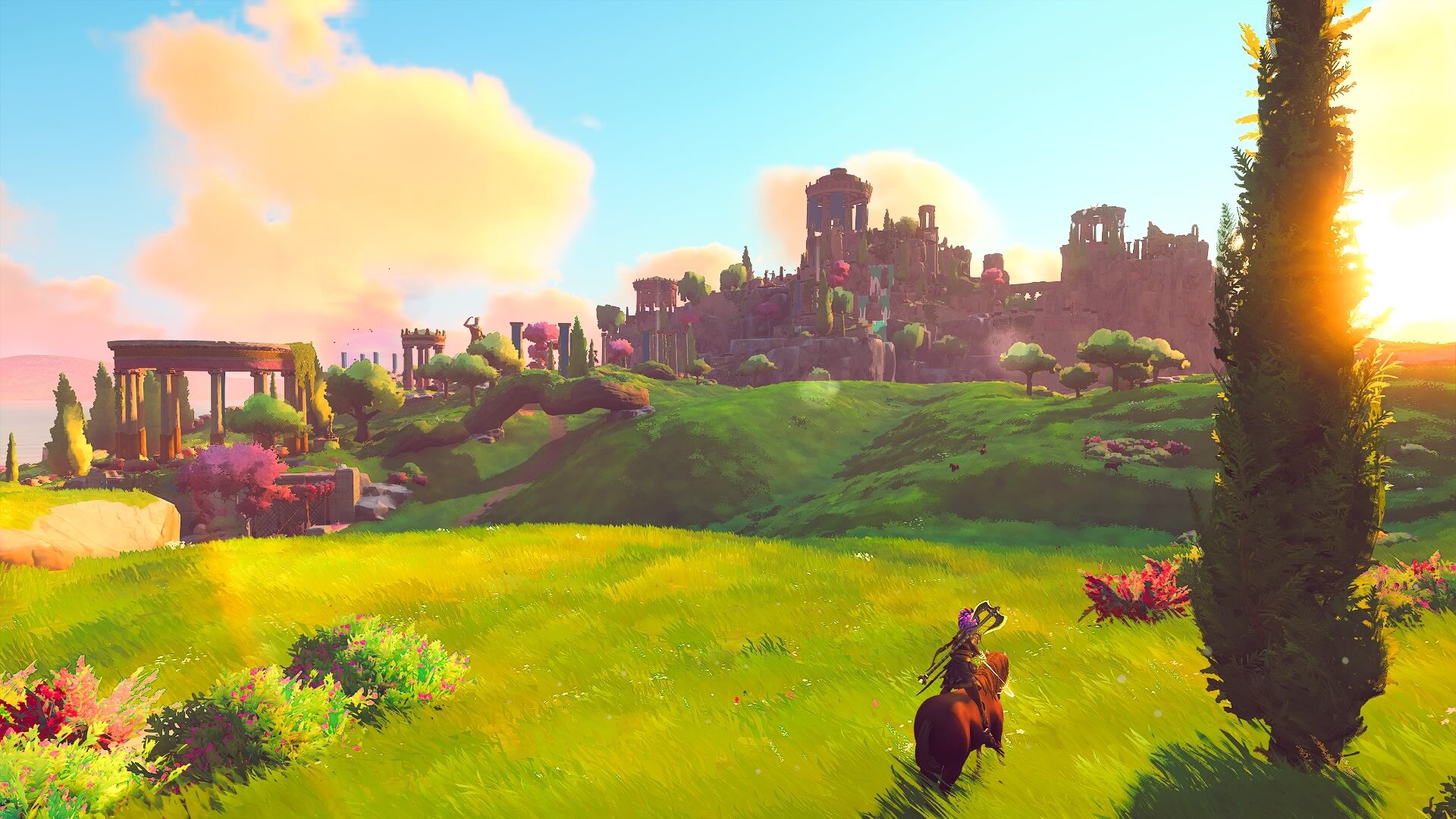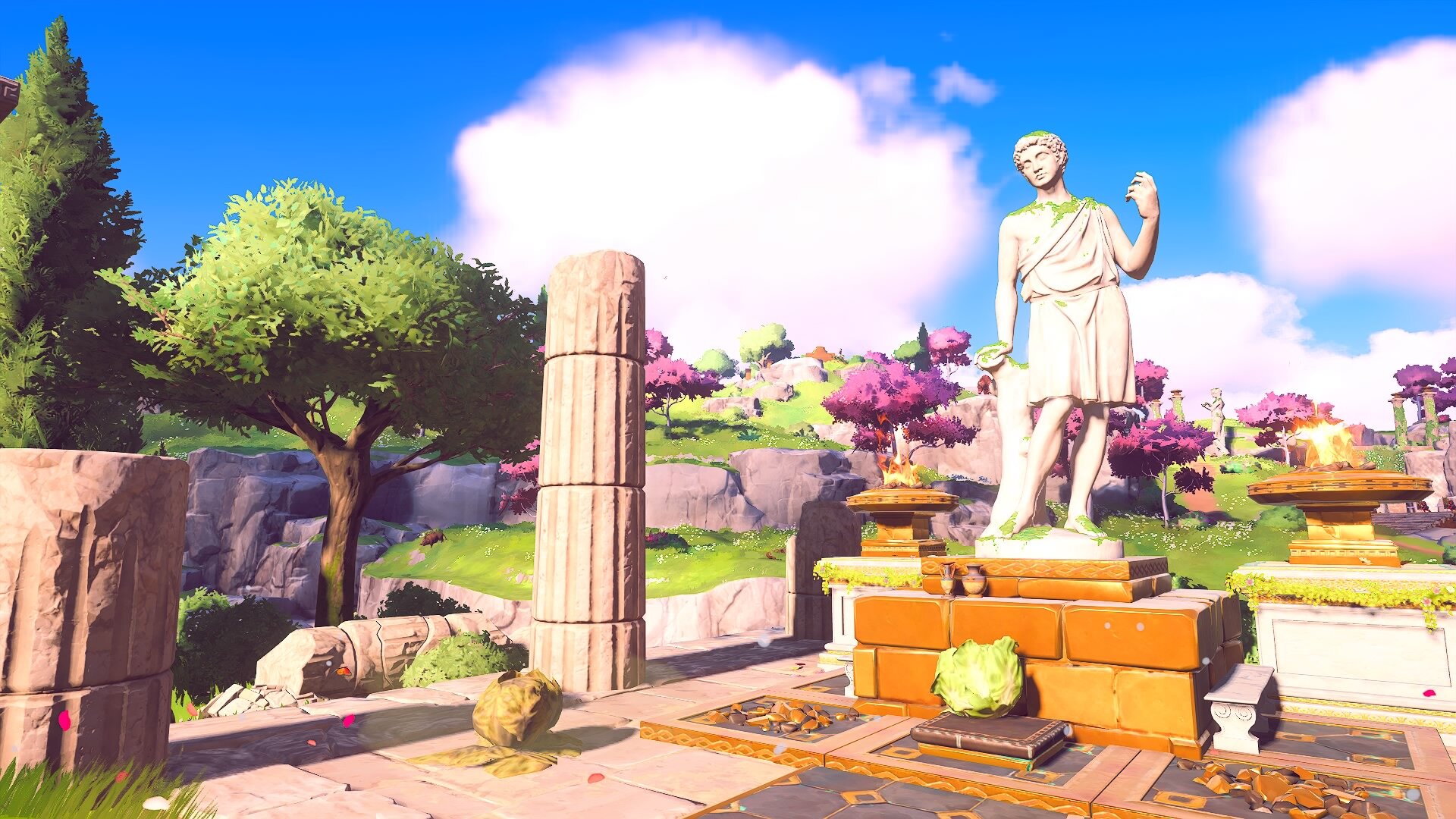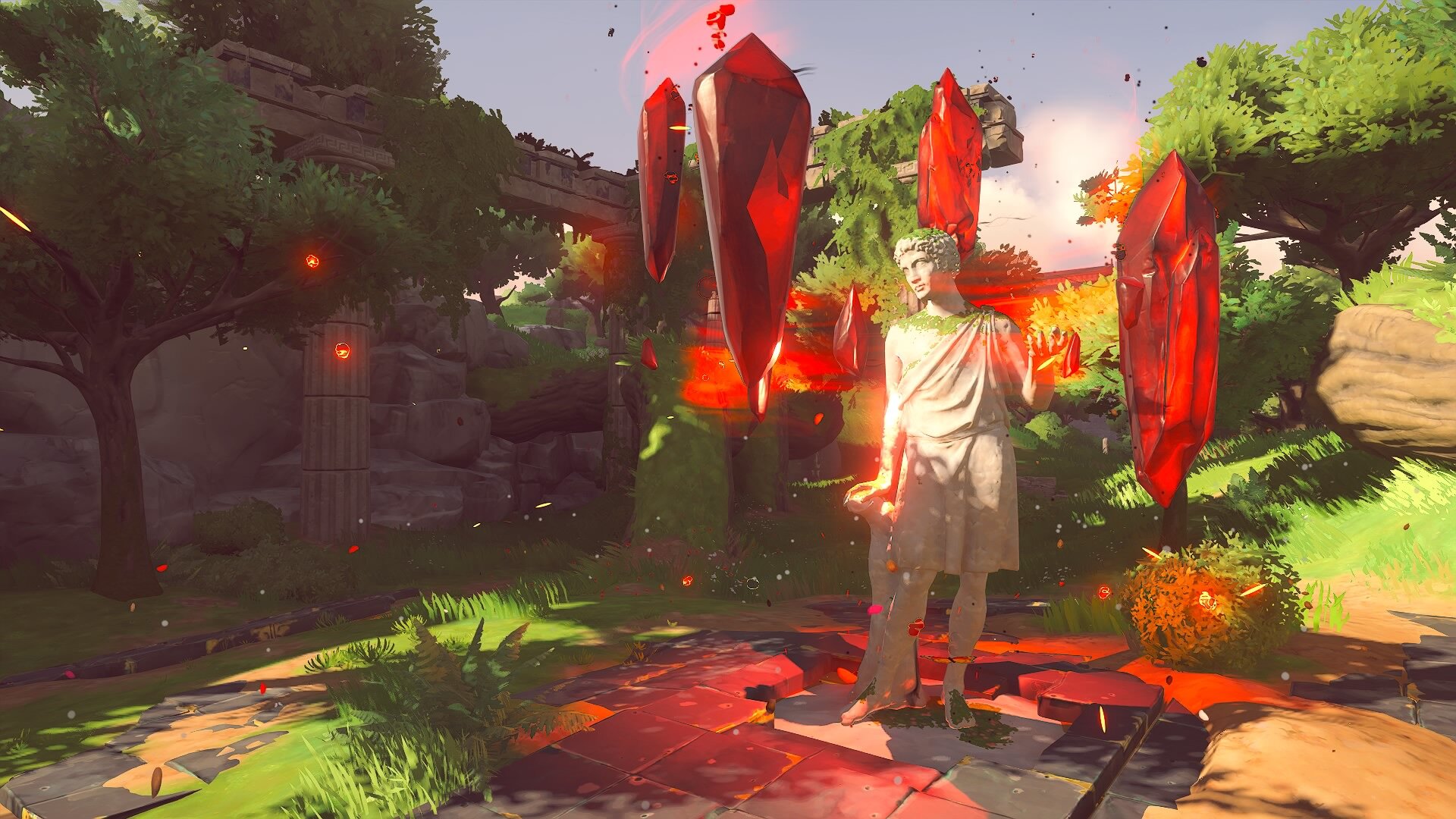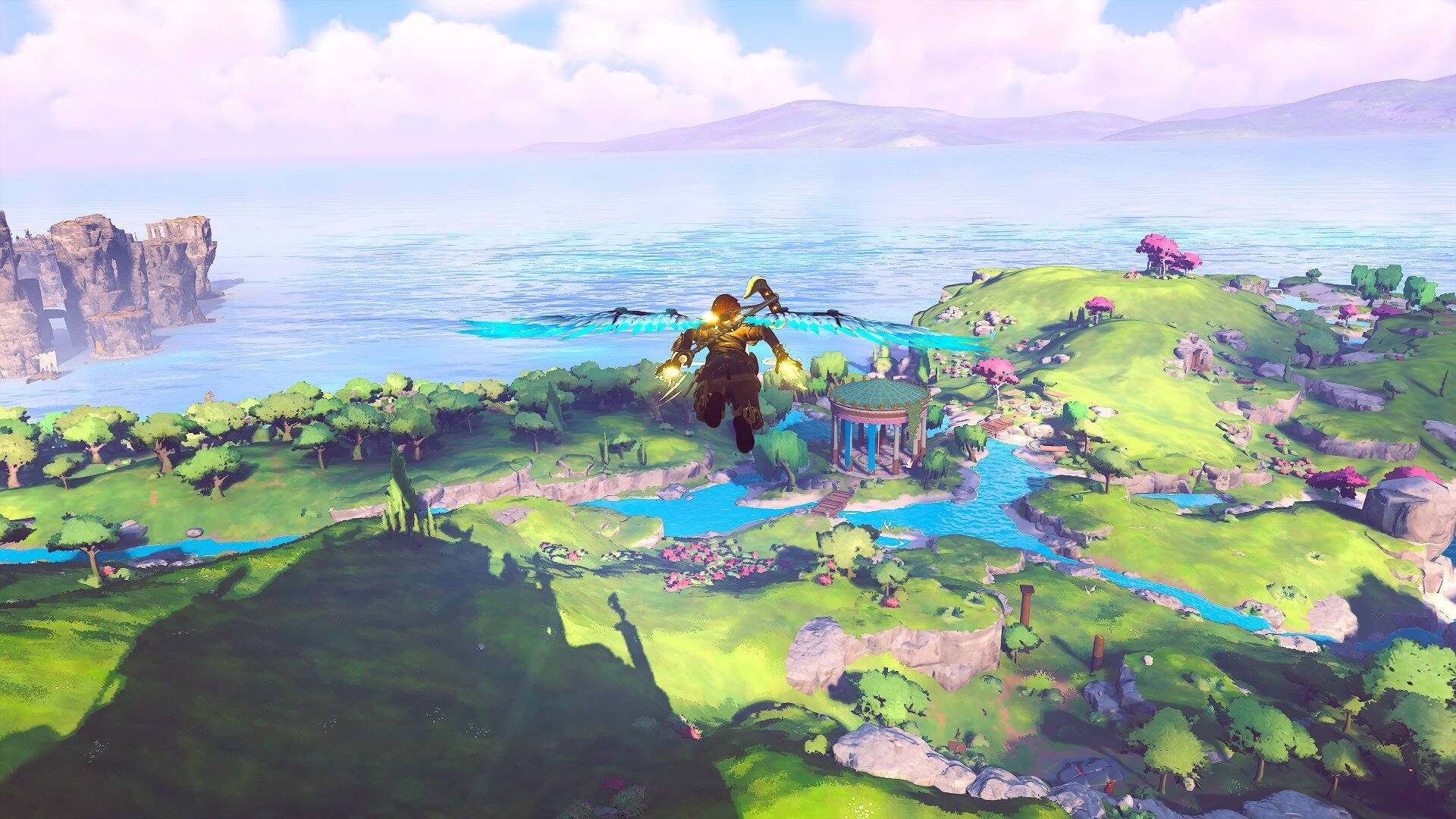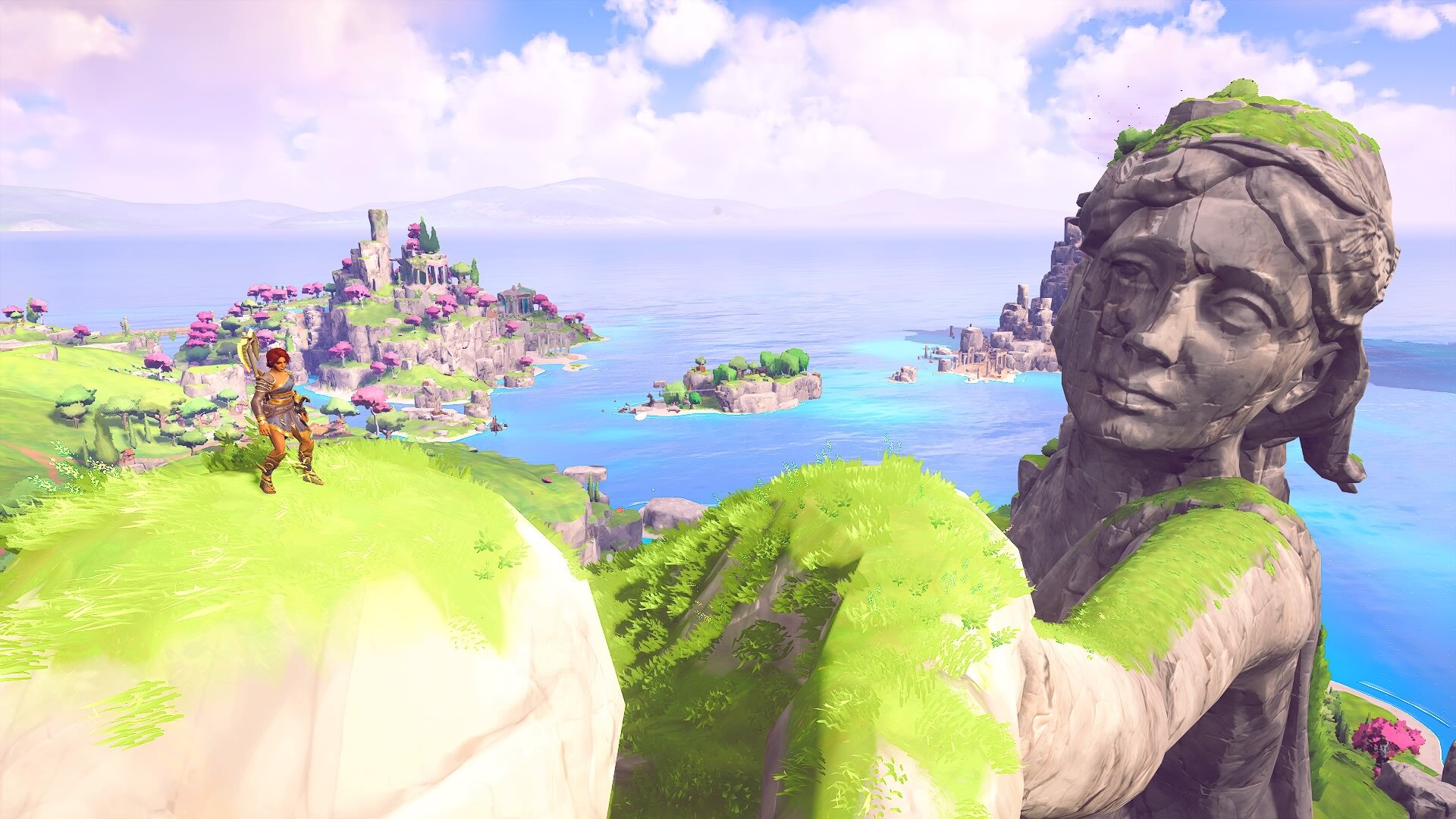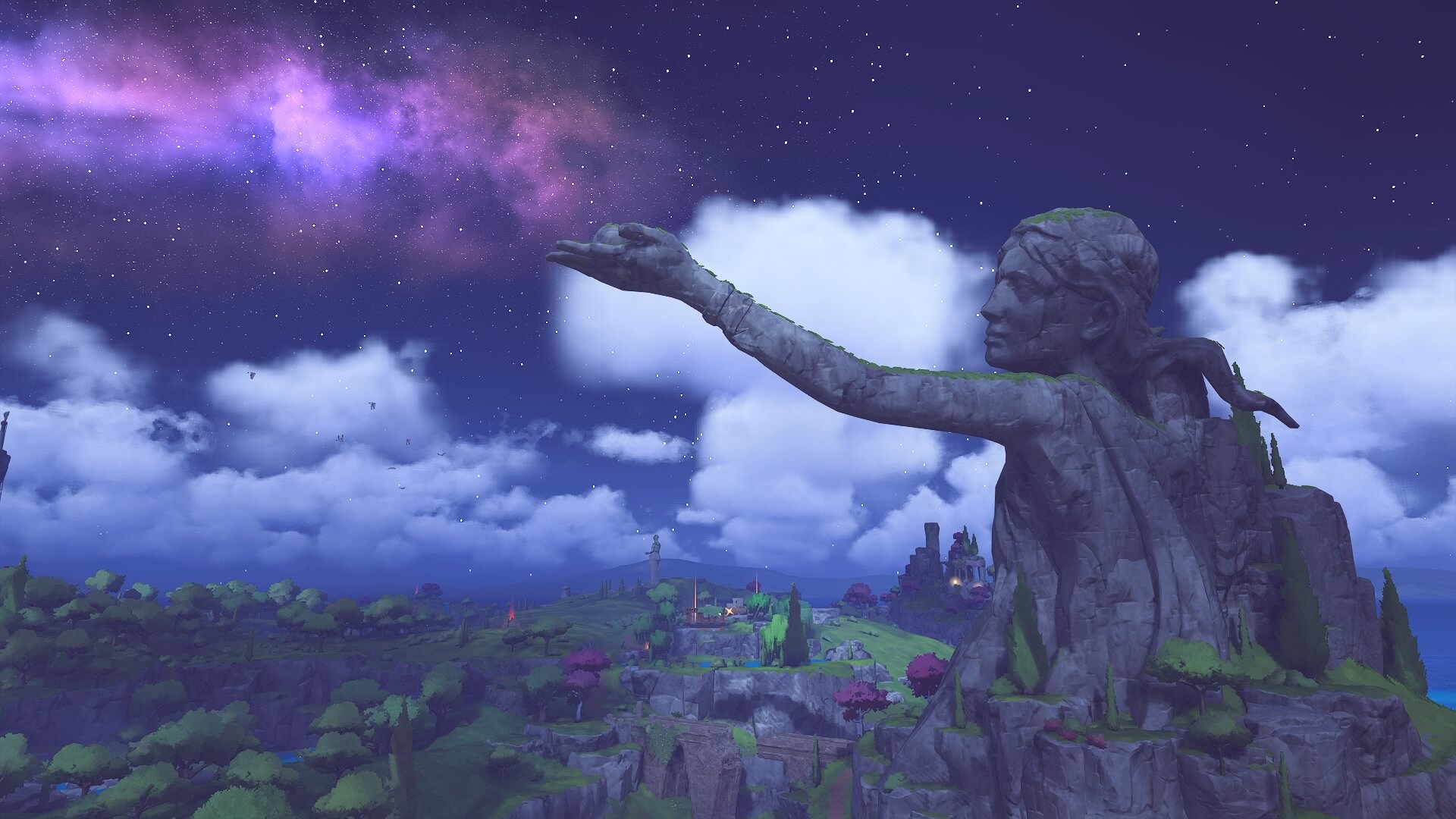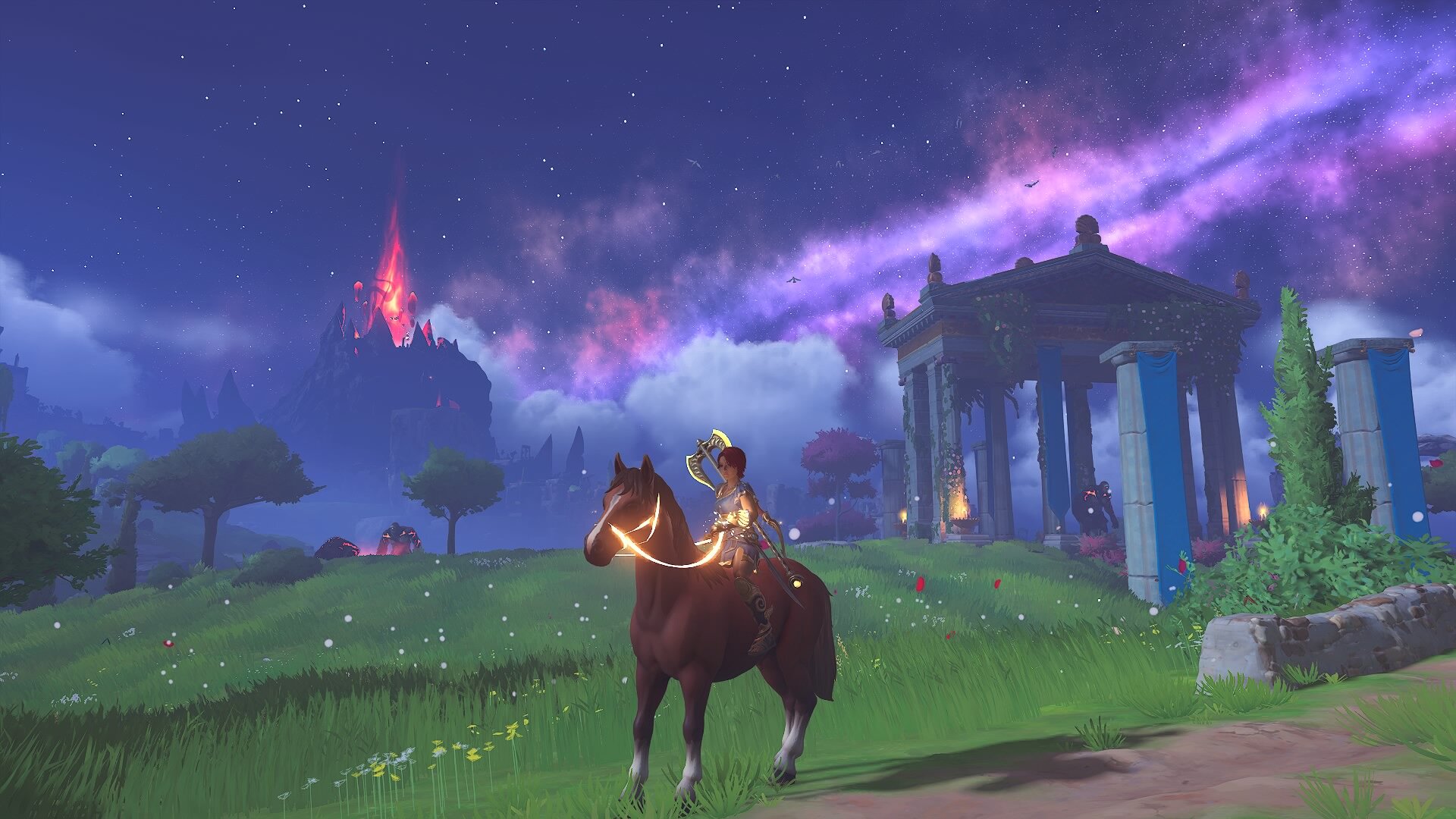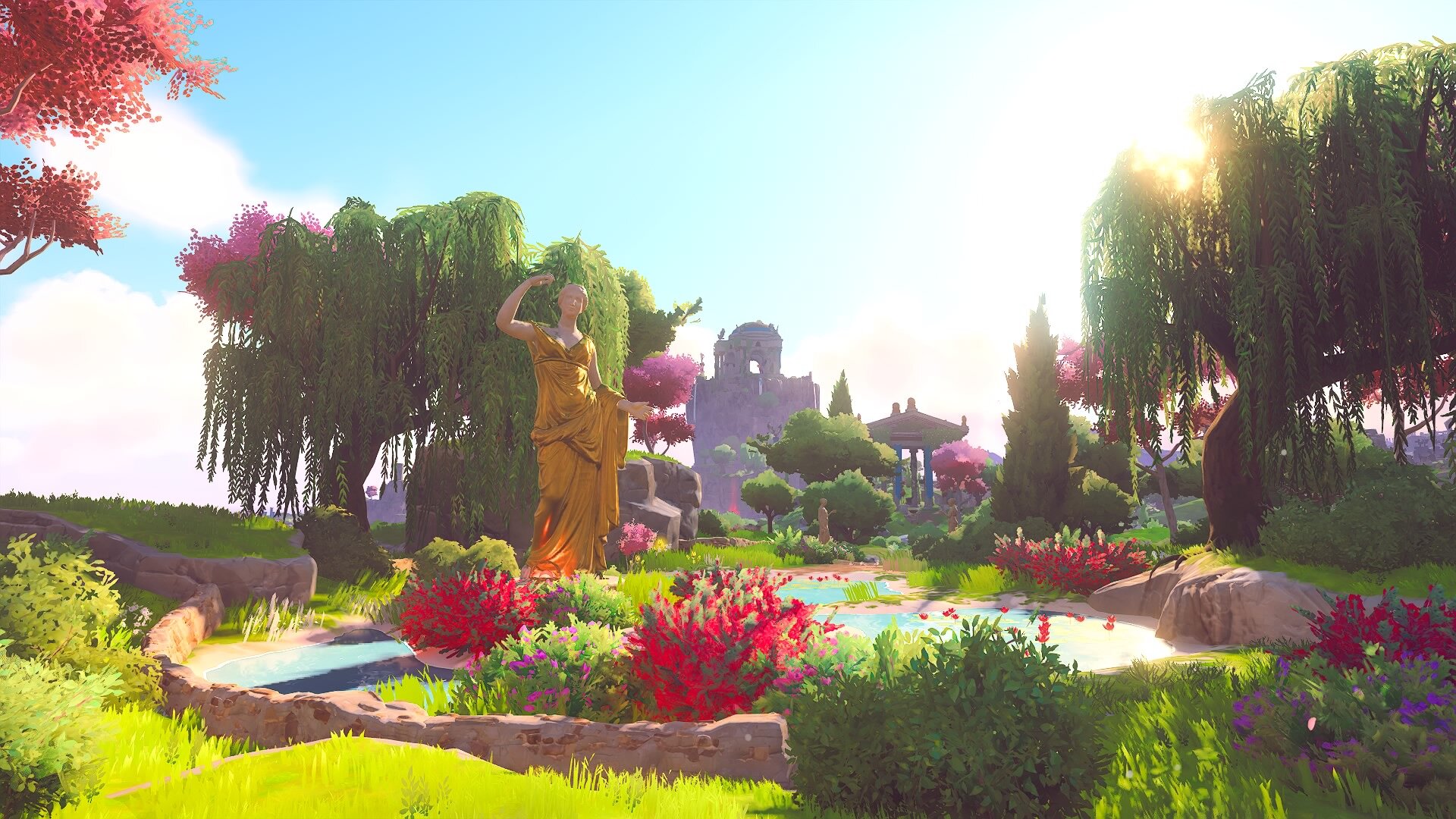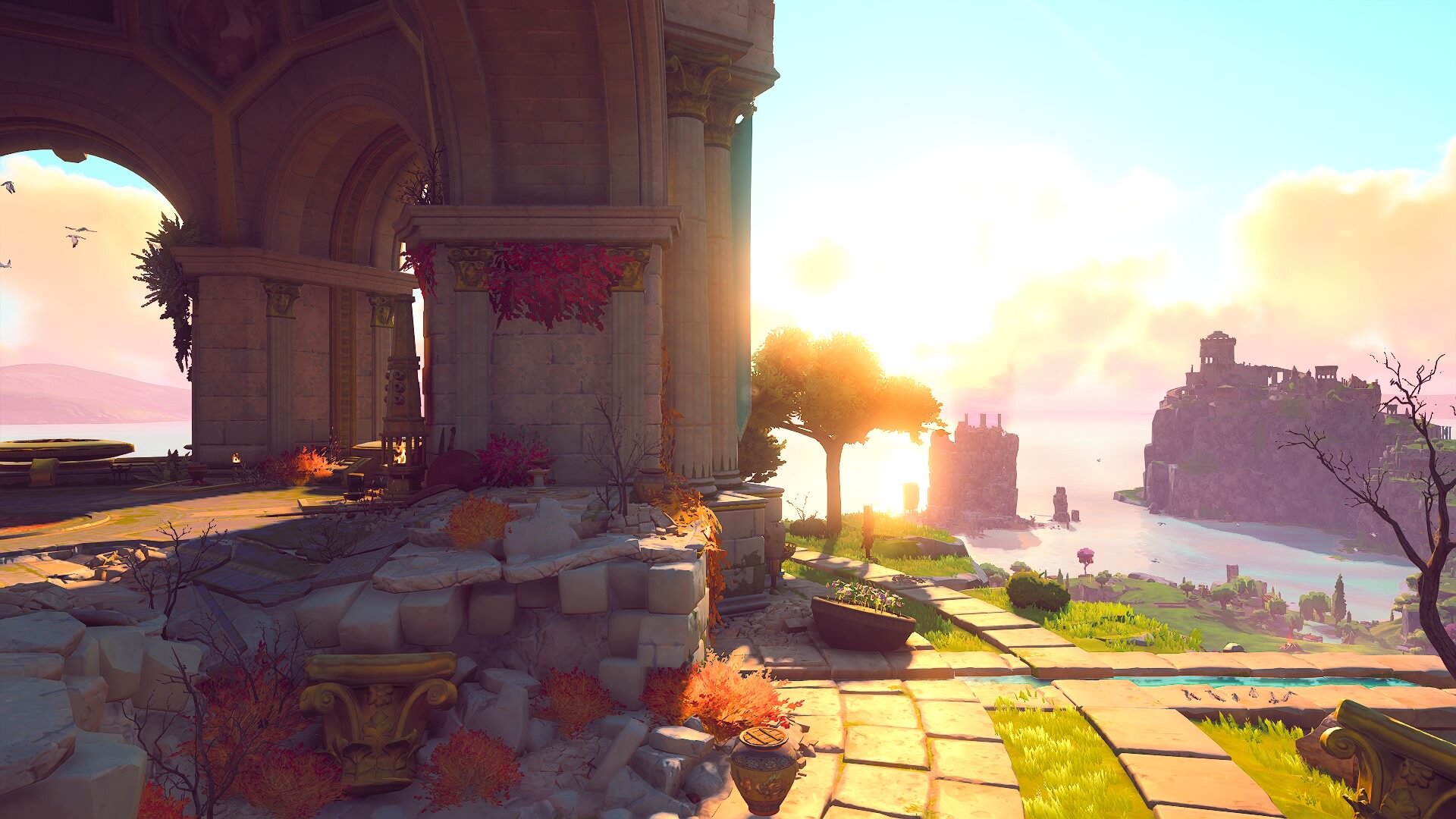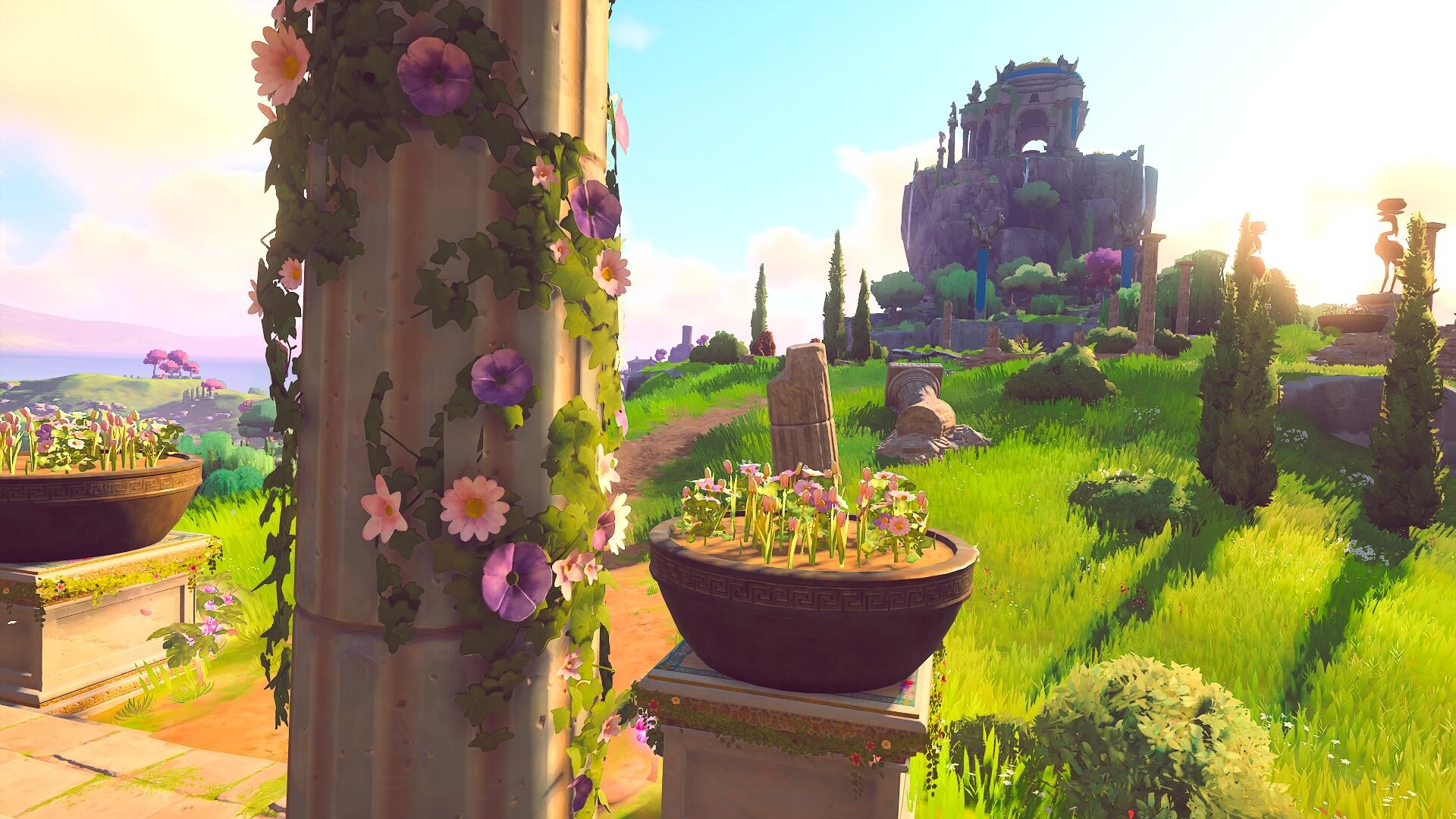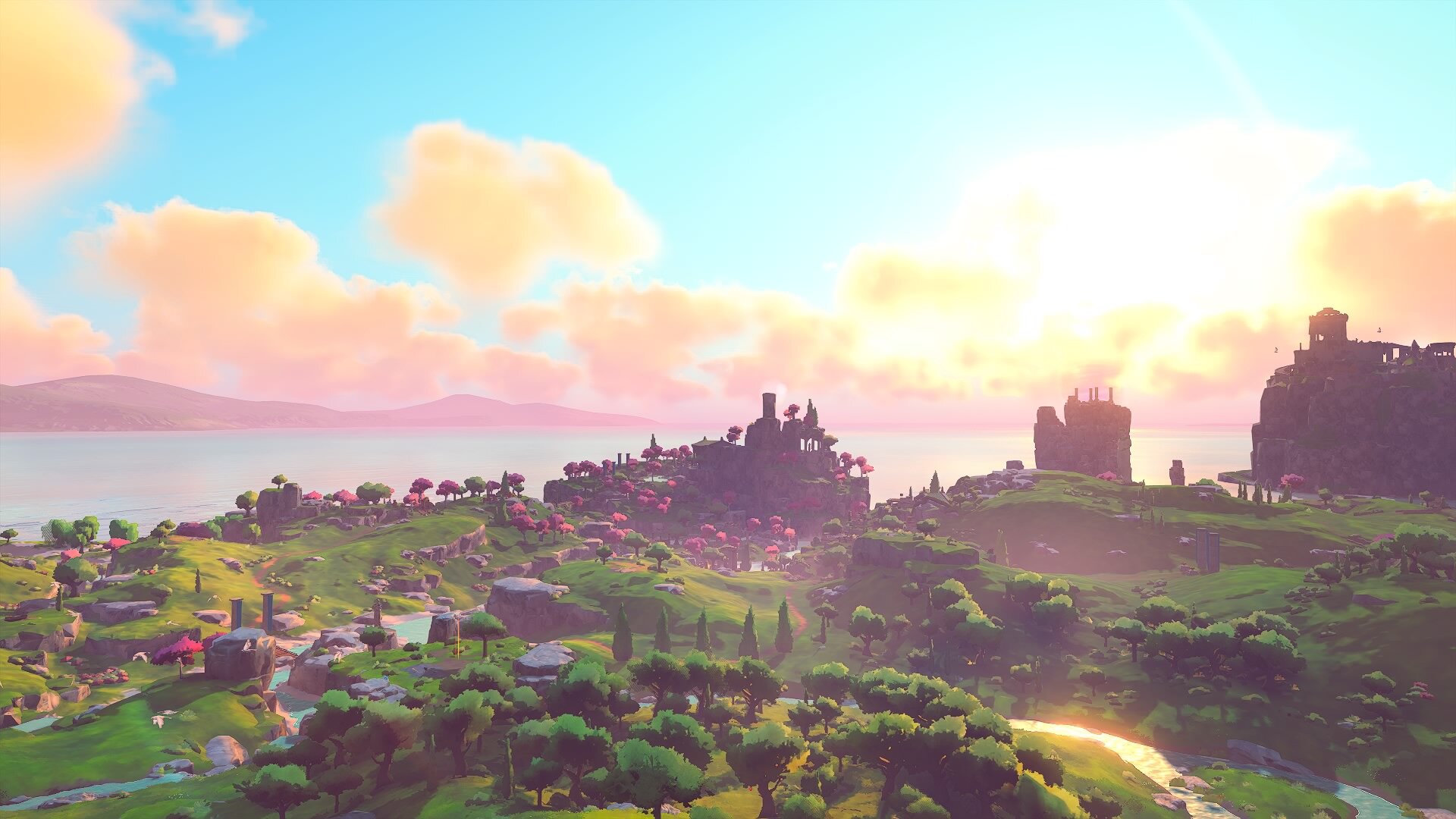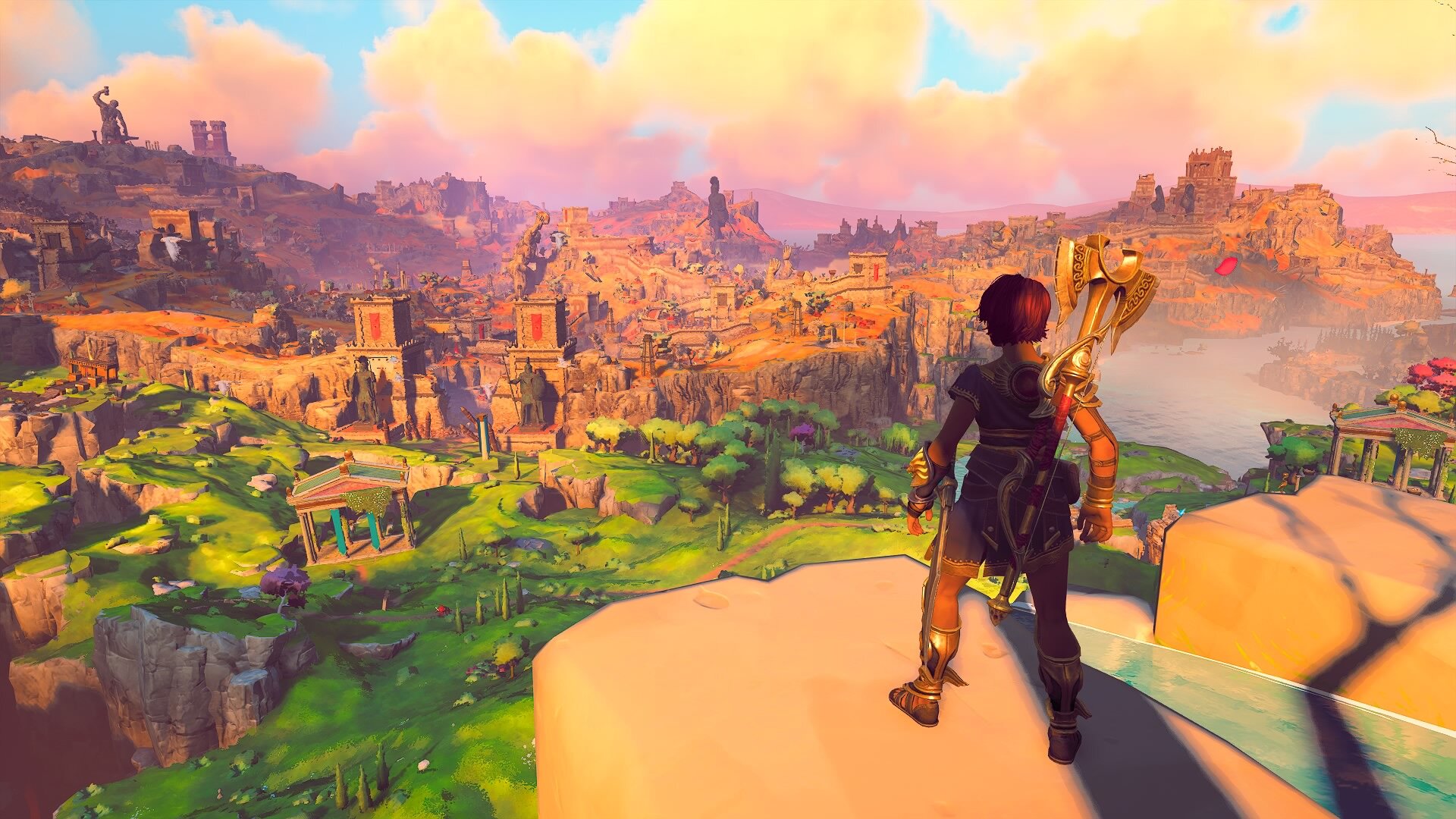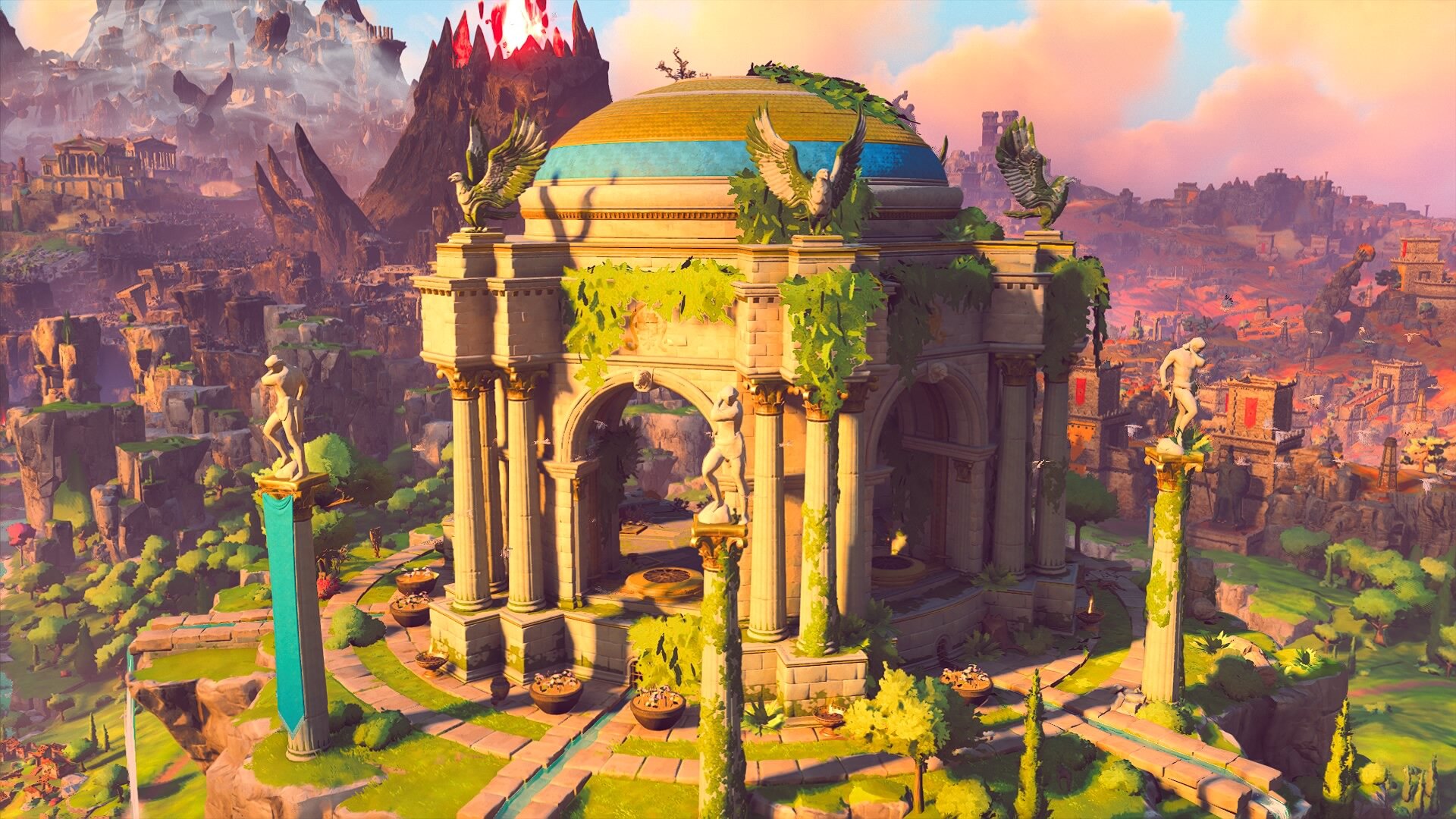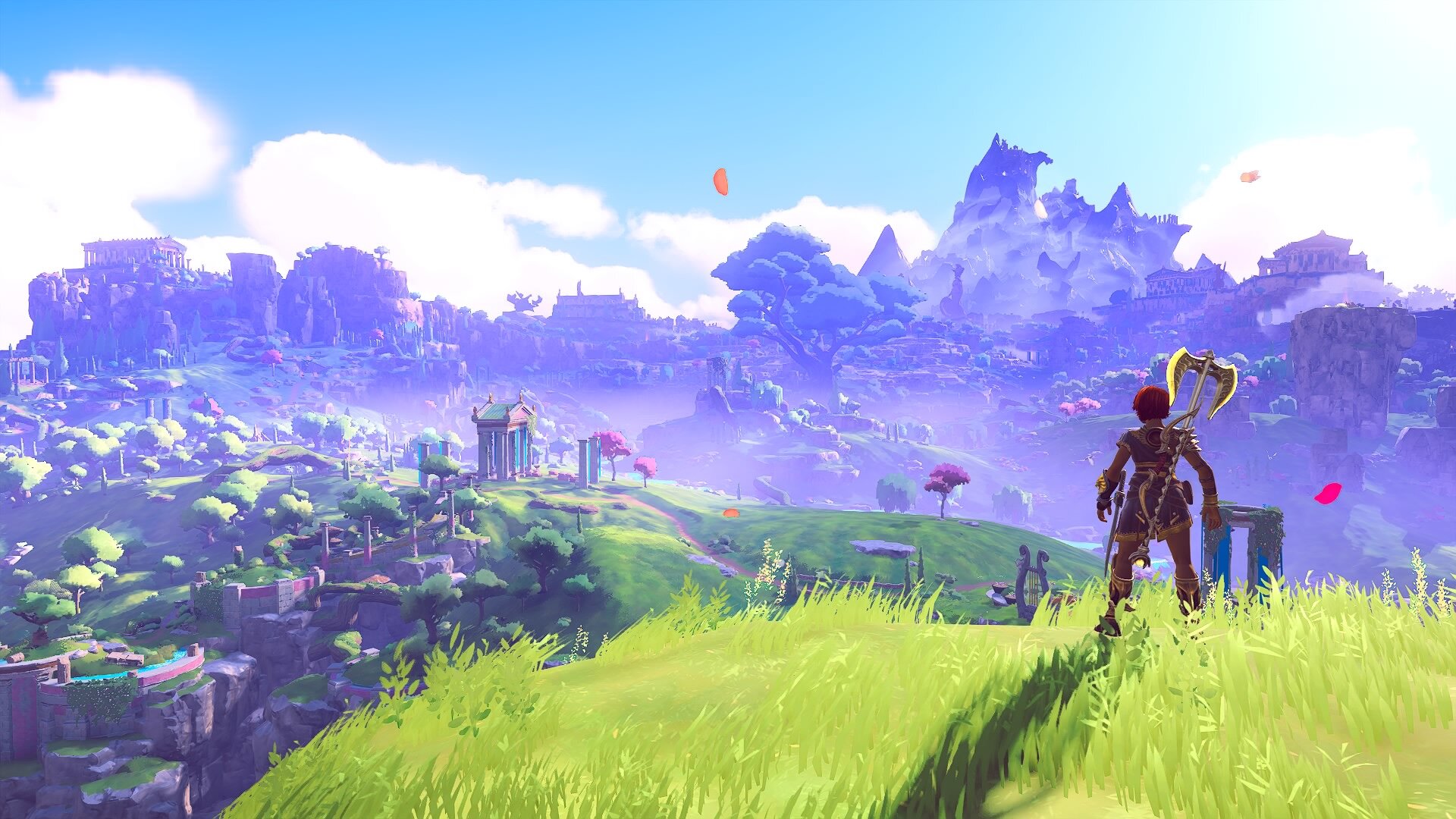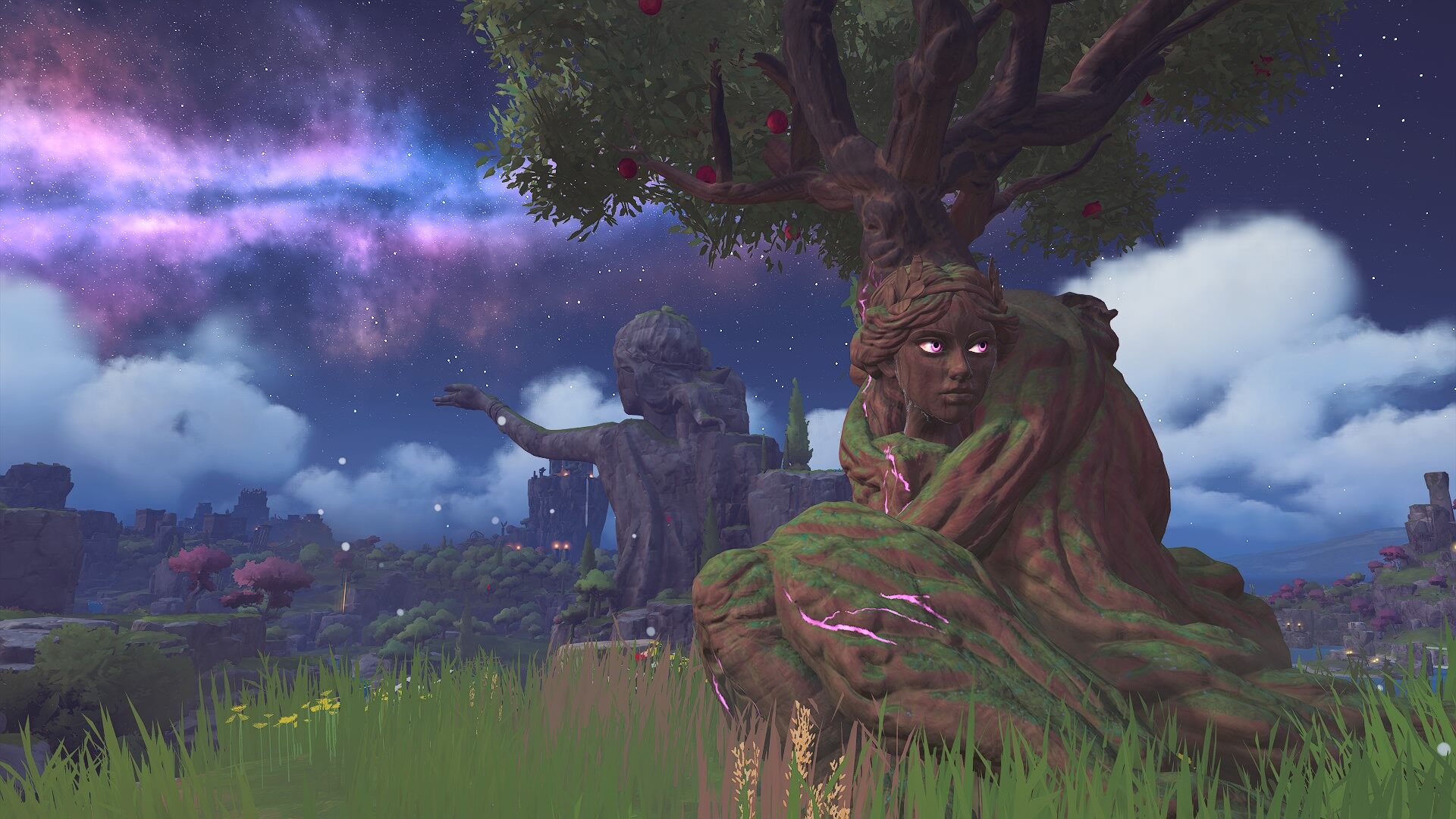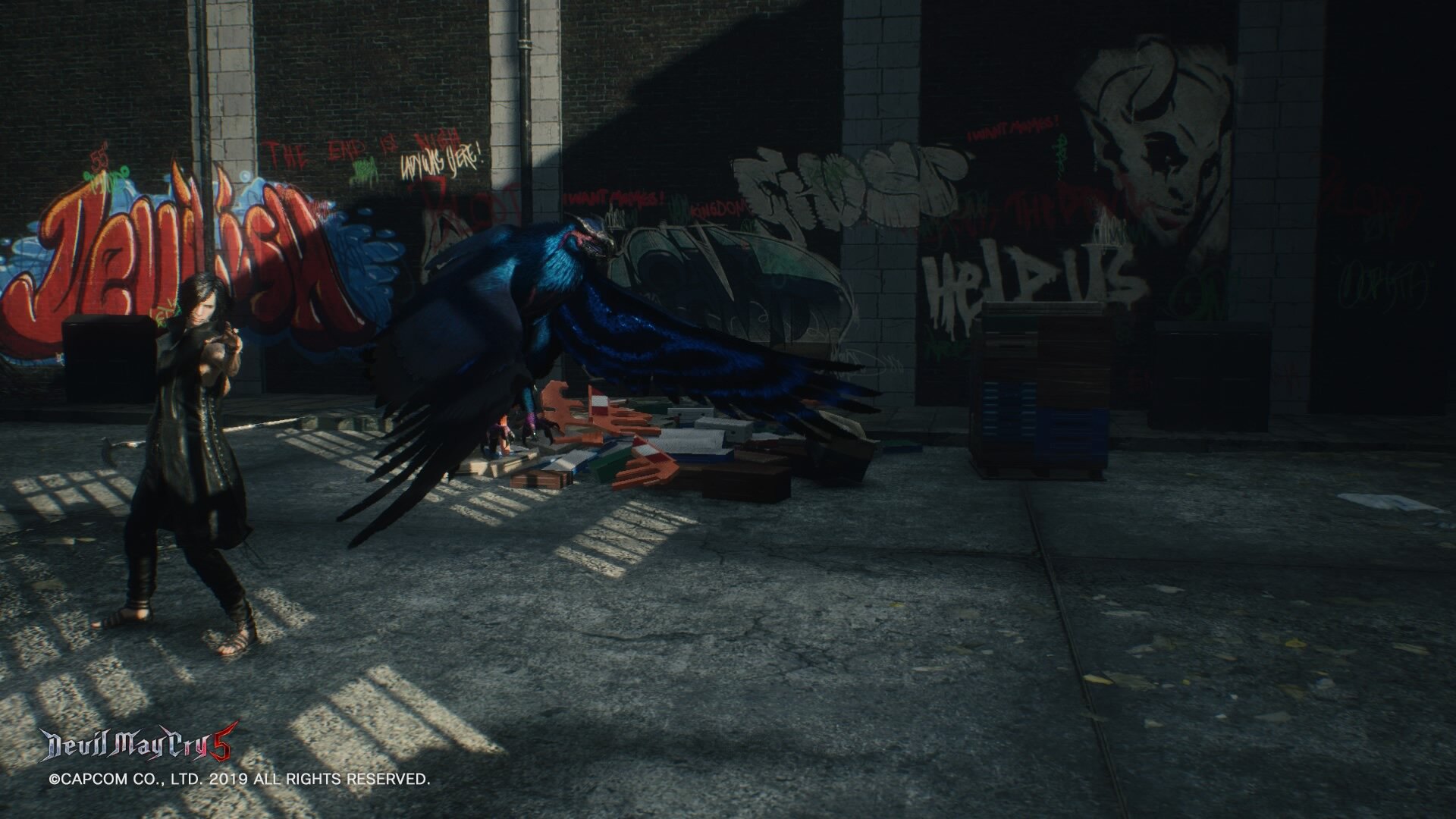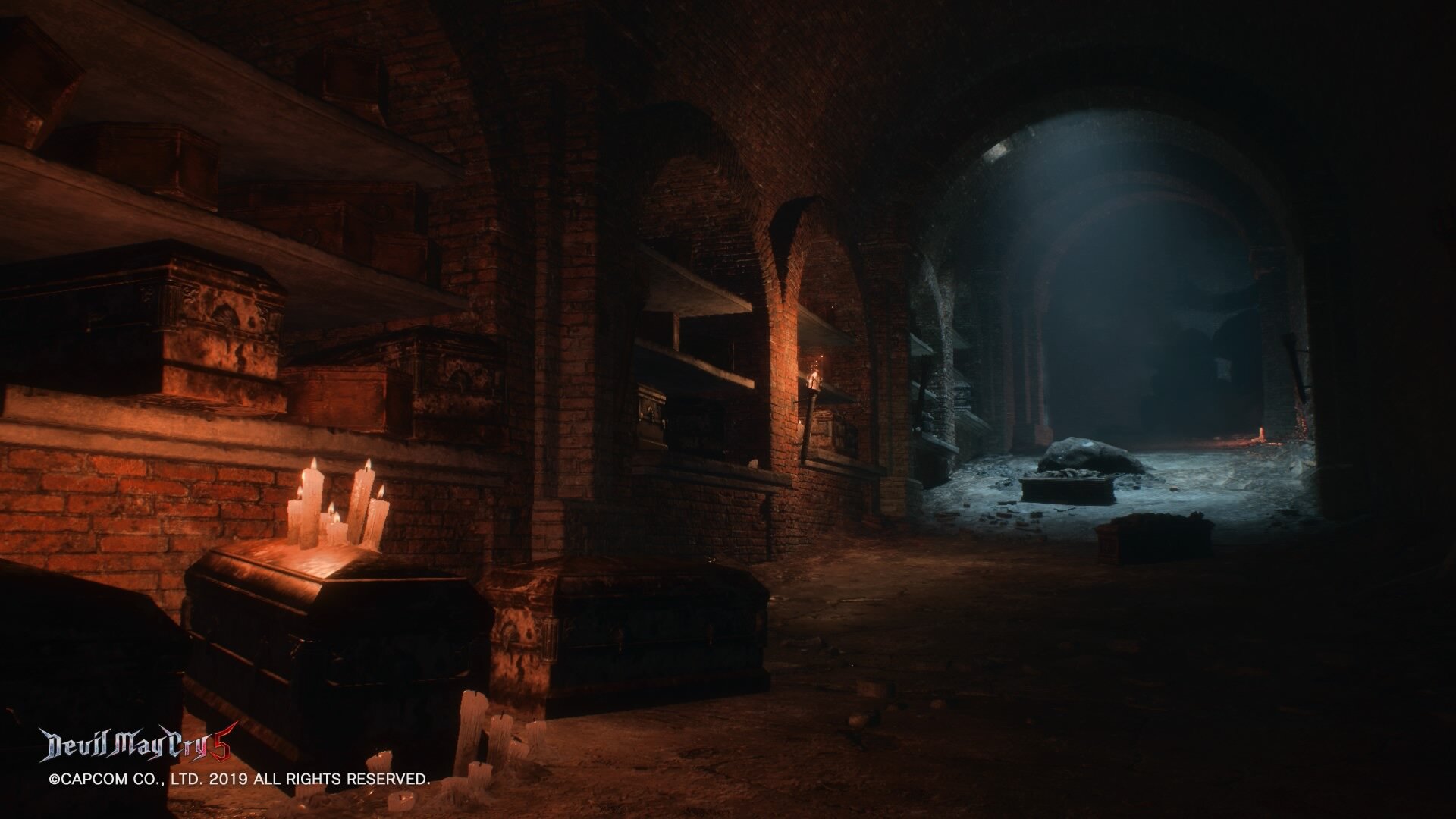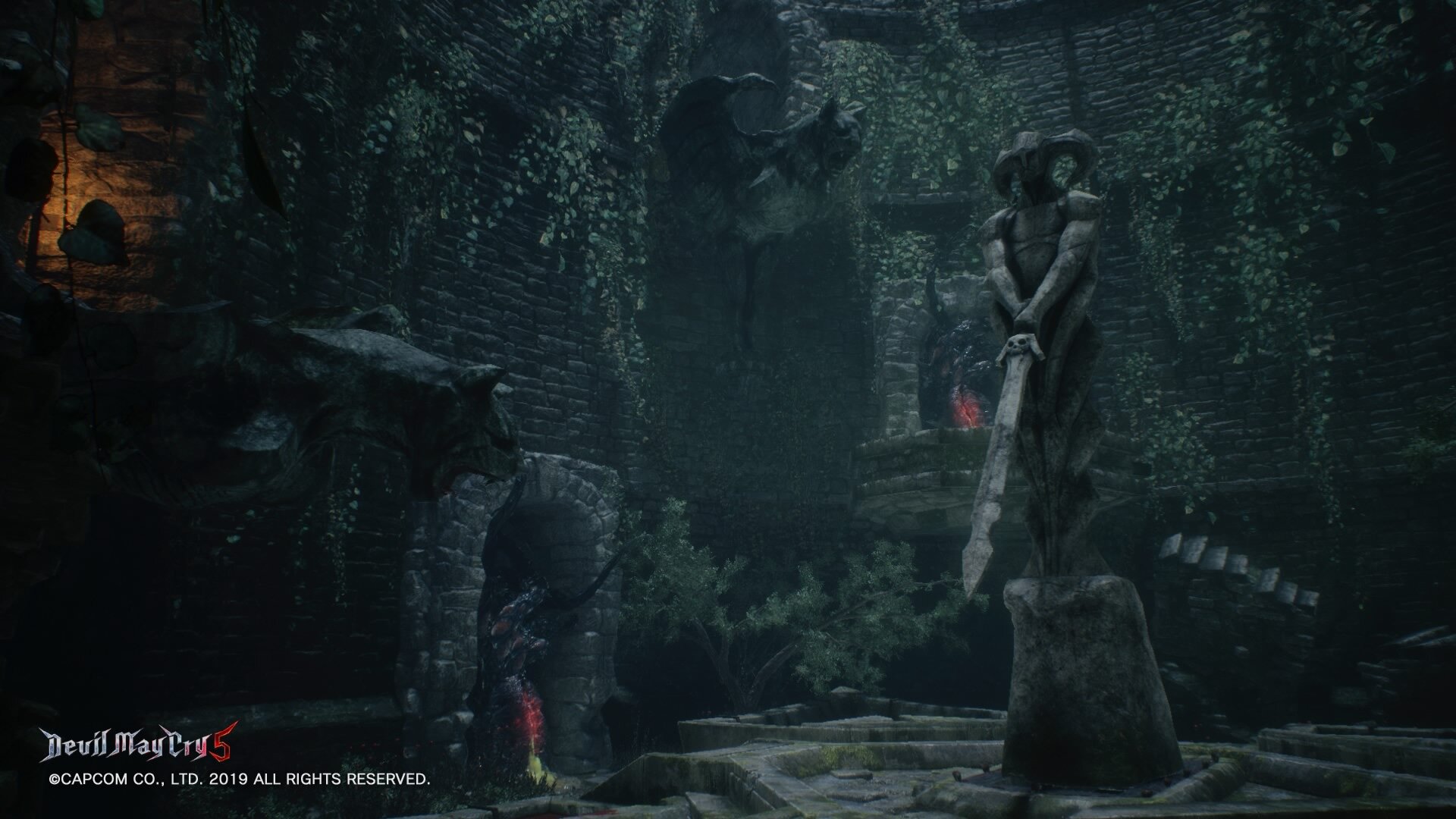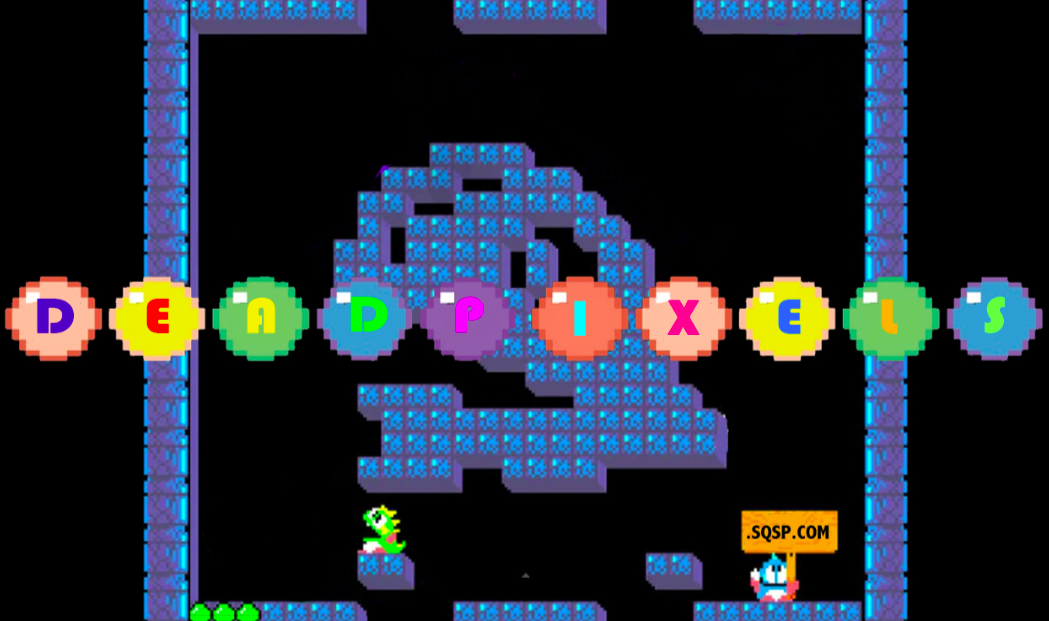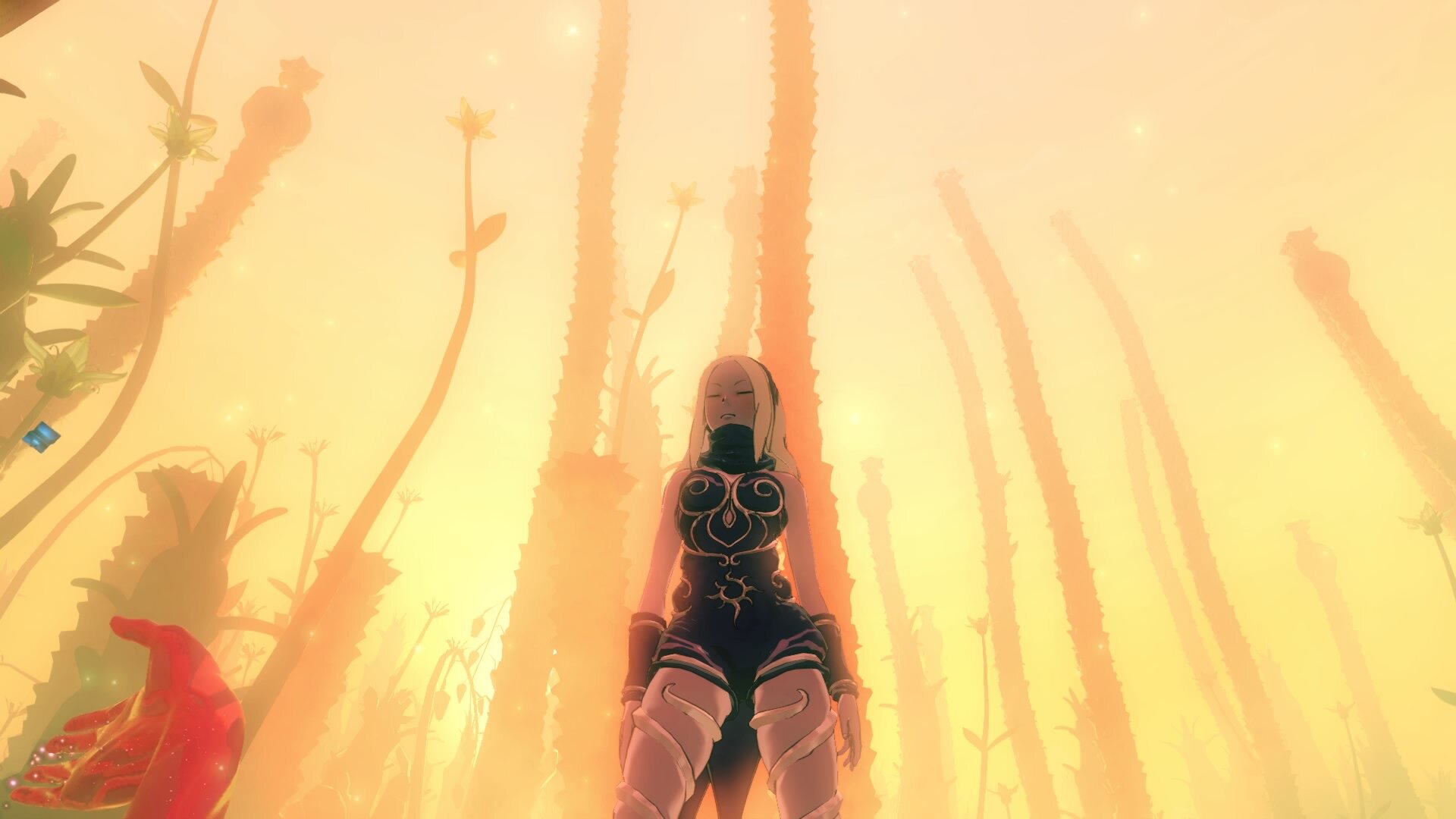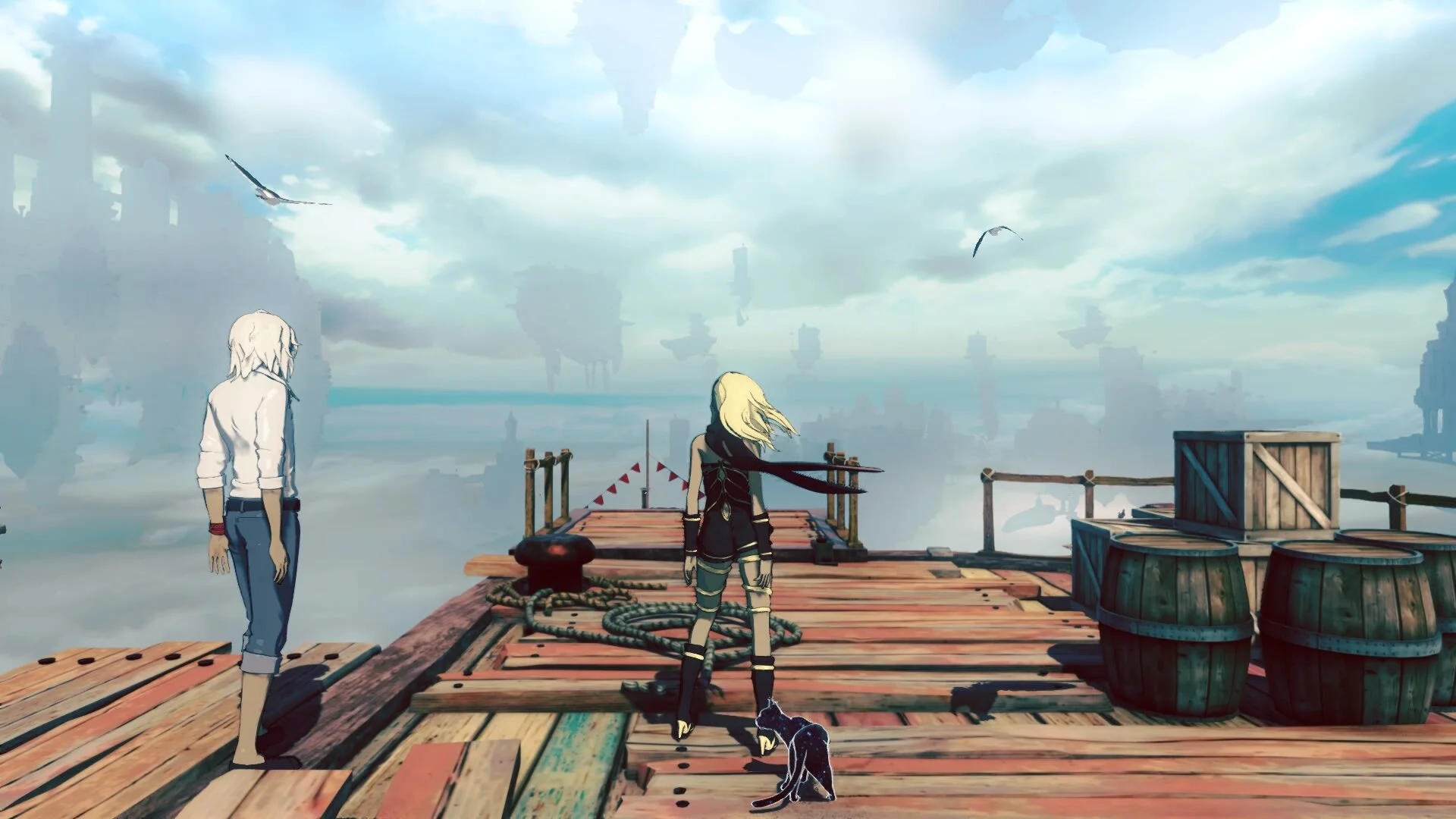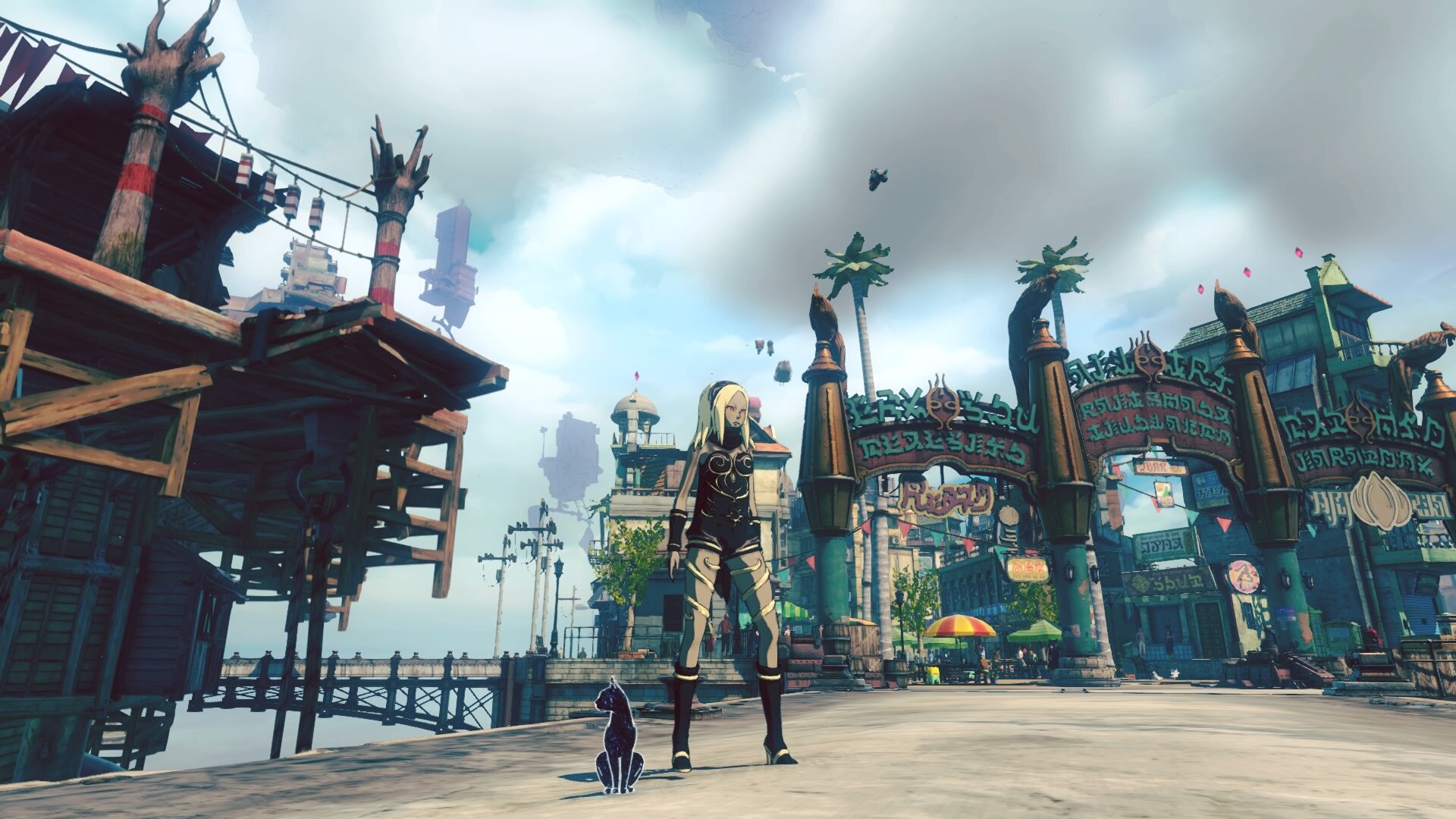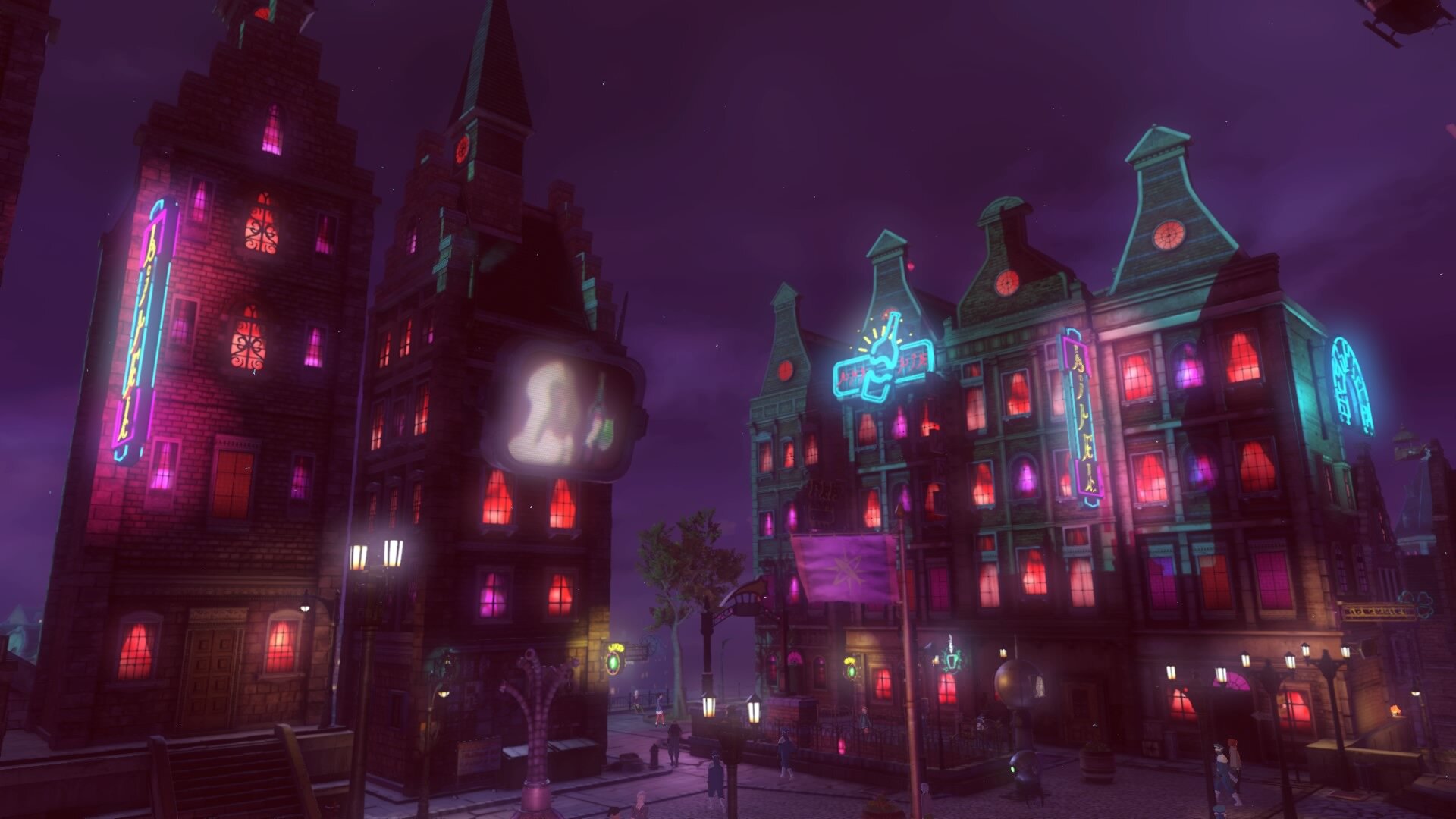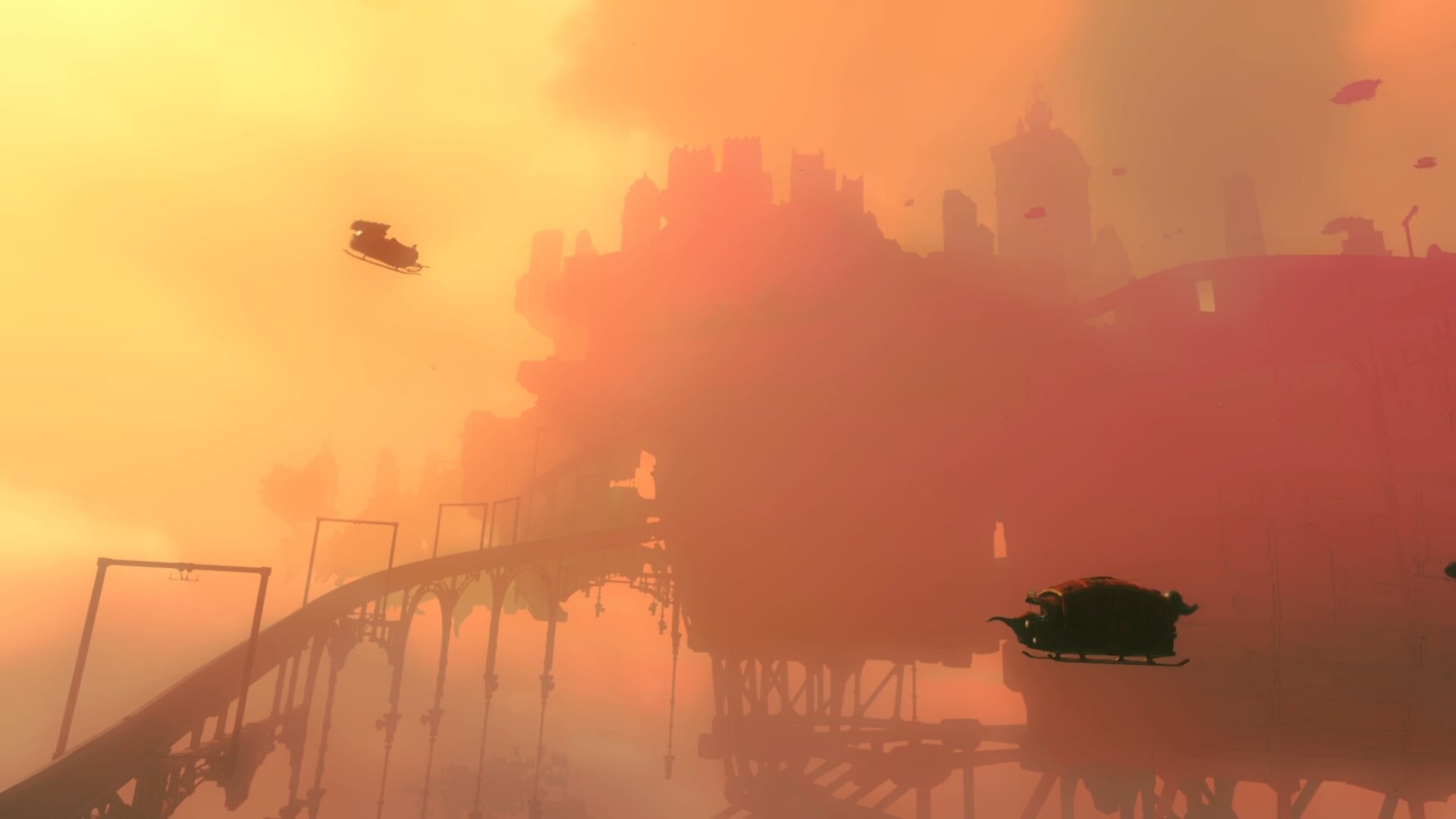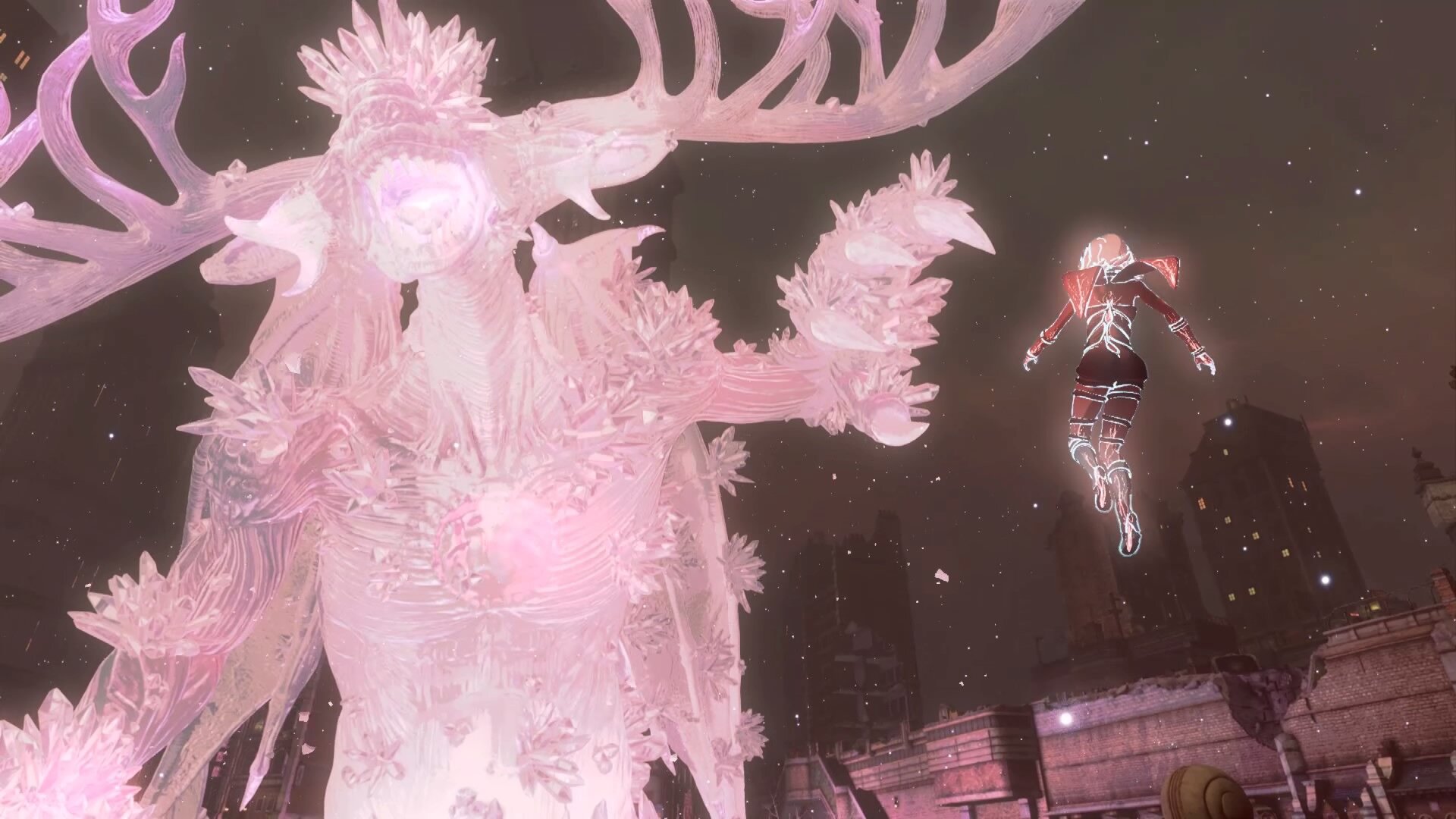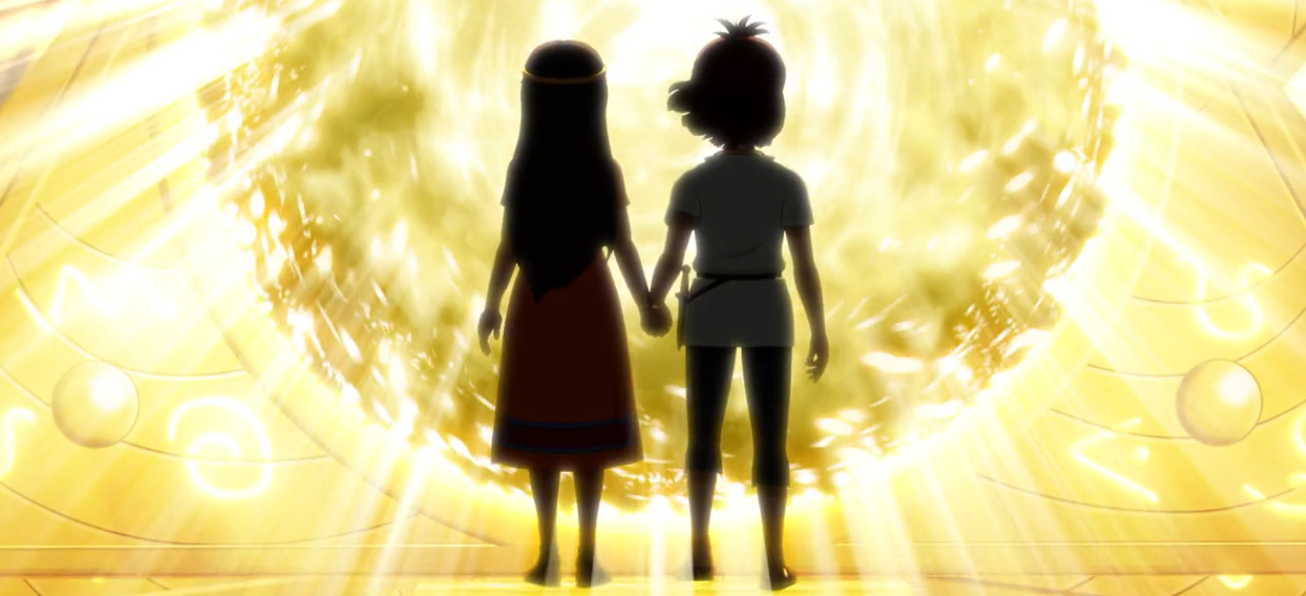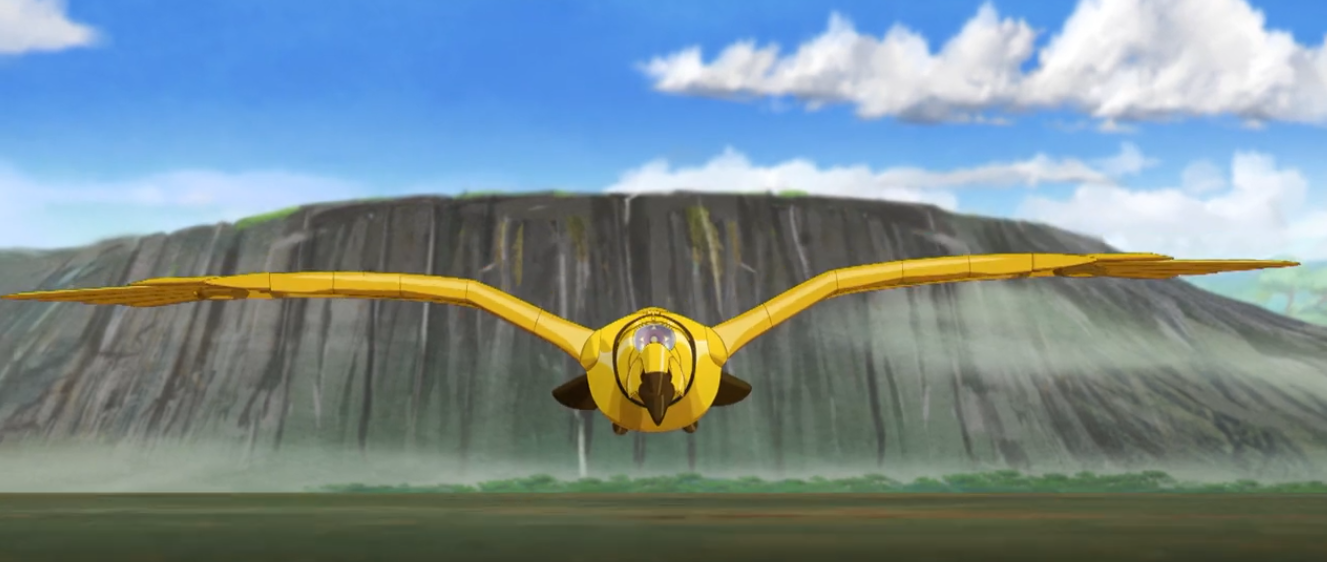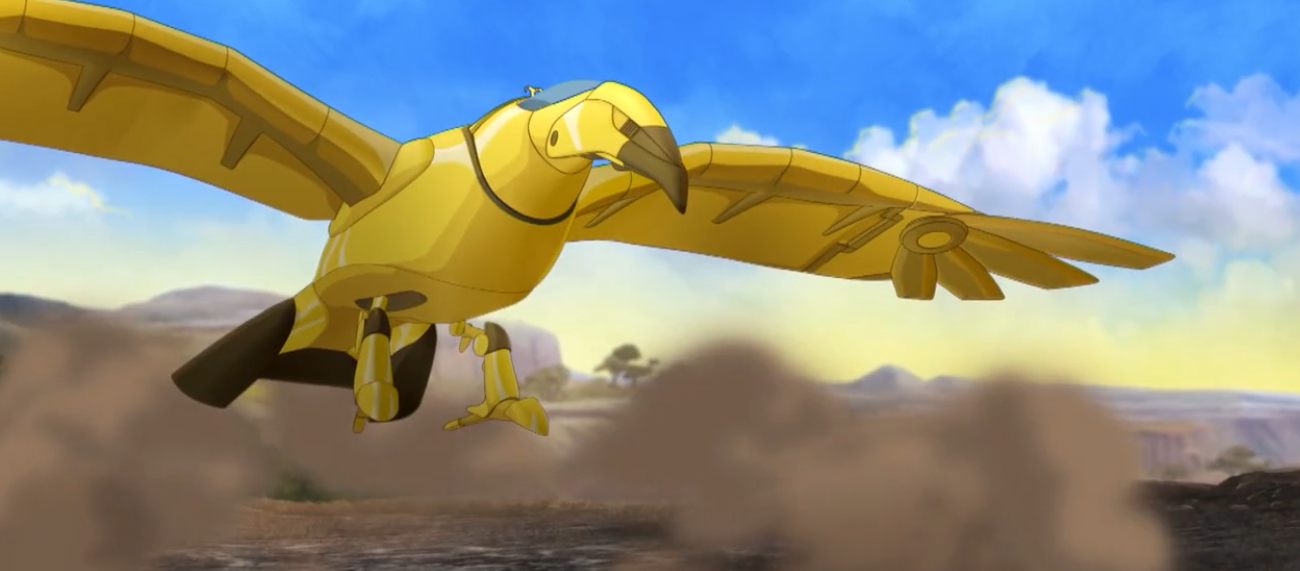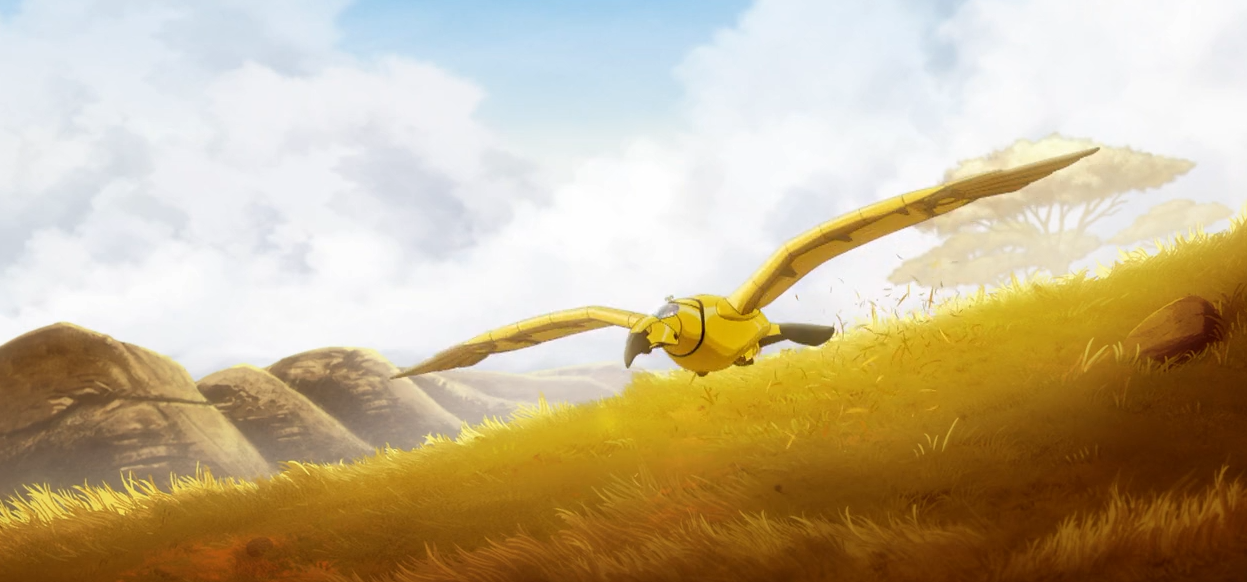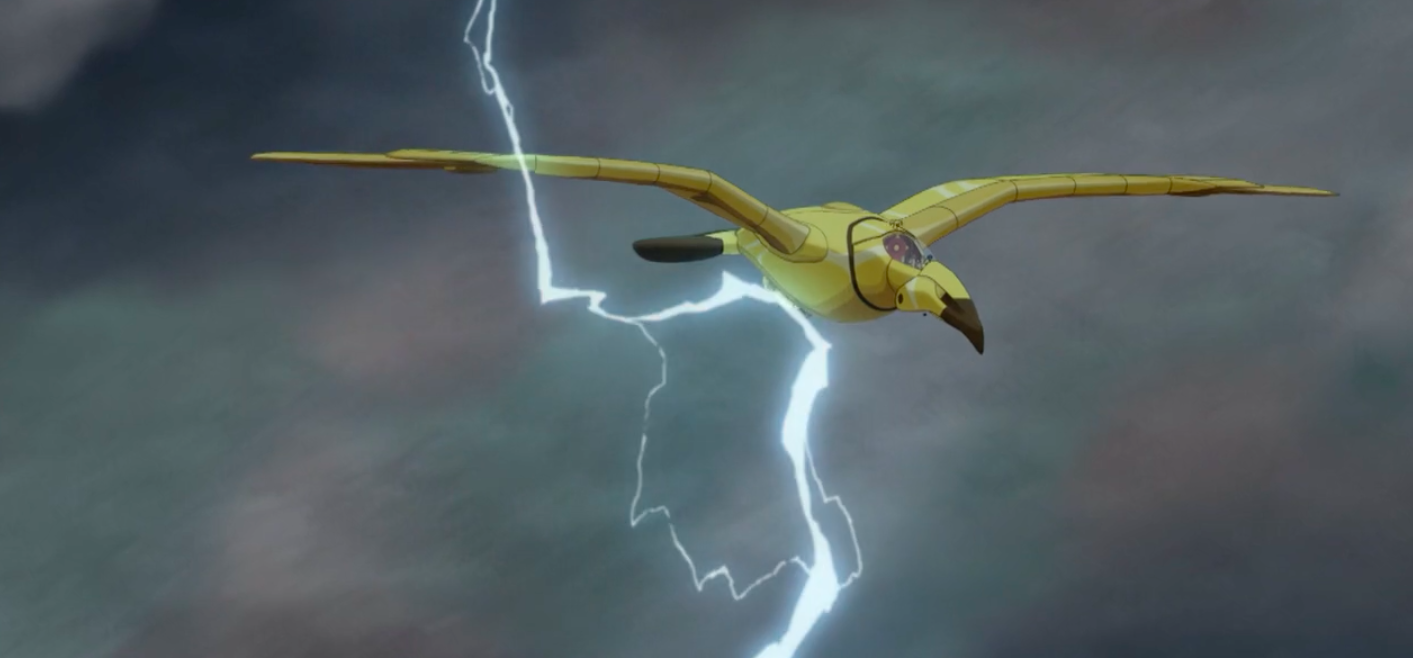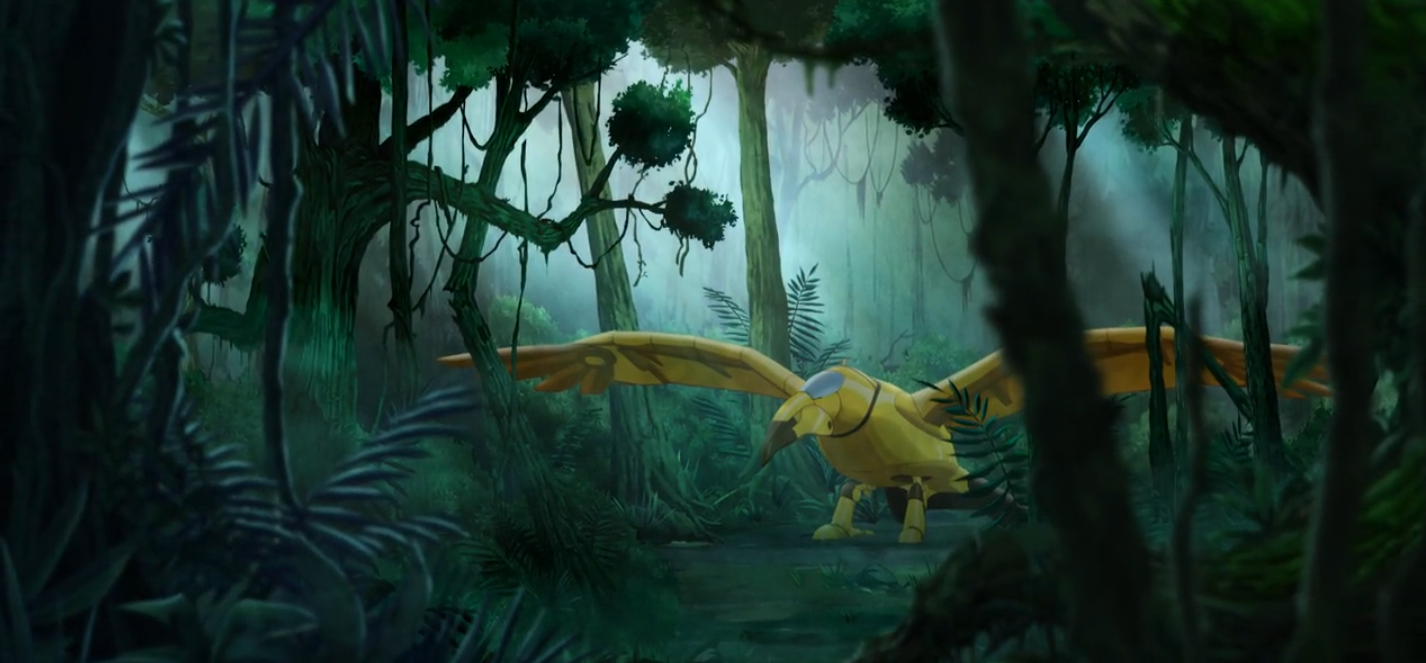I’d also like to add that, as a former pseudoscientific theories/ conspiracy buff by way of Graham Hancock, Erich Von Daniken et al. and to a much lesser extent Dan Brown's Da Vinci Code, it's great to see how the writers of the series have interwoven so much lore, theories and alternate timelines together to make a cohesive and intriguing mythos. The emphasis on telekinetic and advanced tech of the ancients as a unifier is suggested in Hancock’s book ‘Before America’ and had been suggested even by Elon Musk as regards the building of the pyramids. As a former Assassins Creed fan (at least until Black Flag and before it became iterative busy work), the idea that Da Vinci was part of a secret brotherhood who had tapped into a secret knowledge is intriguing and exciting. The fact that notable figures from history make appearances and team-up including Nostradamus, Charles V and the Kings of France and Zimbabwe is a bonus as pseudo-scientists and historians love this world-wide conspiracy/ organisation stuff. *Disclaimer- pseudoscience is fun as a thought experiment but not to be be taken too seriously btw!
I think that the setting and portrayal of Africa is very well done and the peoples are treated with respect and dignity, something that comics (remember Tintin in the Congo, oof!), and some other mediums (many, many anime and manga series), have often not handled well with broad stereotypes and ethnocentric racism usually depicting the land and people as 'savage' and 'other'. The Princess being infatuated with Pedro, which is played for laughs, could be seen as the problematic 'Jezebel' trope however later in the series we see her being a strong and forthright leader who schools Pedro and Sancho for their arrogance. This shows is very positive about Africa in the 16th century, as it should be. After all, the continent was home to many kingdoms and empires that were independent, prosperous and successful in trade before the onset of European colonialism and empire.
However, the harsh realities of colonialism and the start of the slave trade are not ignored and are a plot point mid-way through the series. They struggle to reconcile with a world where men are sold as commodities and the topic is treated with sympathy and respect. MCOG is a deeply humanist work and over the course of the 4 seasons it has always made each peoples sympathetic and flawed. After all, even the Olmecs were just trying to keep their race alive--even if it was through questionable means. As Pedro says, "There are some things that are worth sacrificing, good deeds make you better people" and for his character that is quite the development from season 1. The end of show documentaries discuss the matter somewhat and, whilst aimed at children, it is enlightening and will hopefully get young people thinking more about the legacy of empire.
It's very much a show that is perfect for now, at a time when the pandemic and ecological collapse threatens the world.It also shows how by working together with mutual understanding and empathy, all the cultures of the world can come together to achieve something collectively wonderful. It's a hopeful sentiment and one much needed in a world which has been struck with something as cataclysmic as the pandemic which has isolated and separated many communities and brought forth the fissures that existed in many of the societies. However, like in the MCOG, these times don't have to be seen as apocalyptic but rather a revelation as the lies of individualism have been laid bare. We are a global community and MCOG shows that by working together we can achieve pretty much anything. This is not a revisionist but rather alternate take on the 16th century where rather than European expansionism, colonialism and empire we see collaboration and respect.
I wasn't expecting it but after all is said and done, MCOG sticks the landing and, in places, nails it. It is a masterclass of storytelling and shows how, even after many years, the sequels can carry the momentum of all that has gone before. Sure, there is a bit of ret-conning but when it adds to a larger and better told tale… why not? There is a quote from Twin Peaks where David Lynch's character Gordon Cole states in no uncertain terms, 'Fix your heart or die,’ and I feel that overall, that is what MCOG is saying and it does so eloquently.
Much like how Twin Peaks: The Return stunned audiences with its audacious and ambitious story and visuals many, many years after the OG series, MCOG season 4 more than does the original series justice.
I will miss the show that has been such a huge part of my life but I can’t complain; they gave it a heck of a send-off!
LINK- Mysterious Cities of Gold Season 3 (English Dub) -Complete Series Review
LINK- MCOG Series 2 Review
LINK: Japan: My Journey to the East
LINK- Ulysses 31 Retro Soundtrack Review
LINK- MCOG Soundtrack on Vinyl Review
LINK- Twin Peaks: The Return Series Review
LINK- Secret History of Twin Peaks: Book Review
LINK- Twin Peaks: The Final Dossier Book Review
LINK- Hilda Comic Series Review
LINK- Disenchantment- Complete Series 1 Review
LINK- Gravity Falls Complete Series Review
LINK- Scooby Doo: Mystery Incorporated Complete Series 1 Review
LINK- An English Geek in Saudi Arabia




























